Introduction
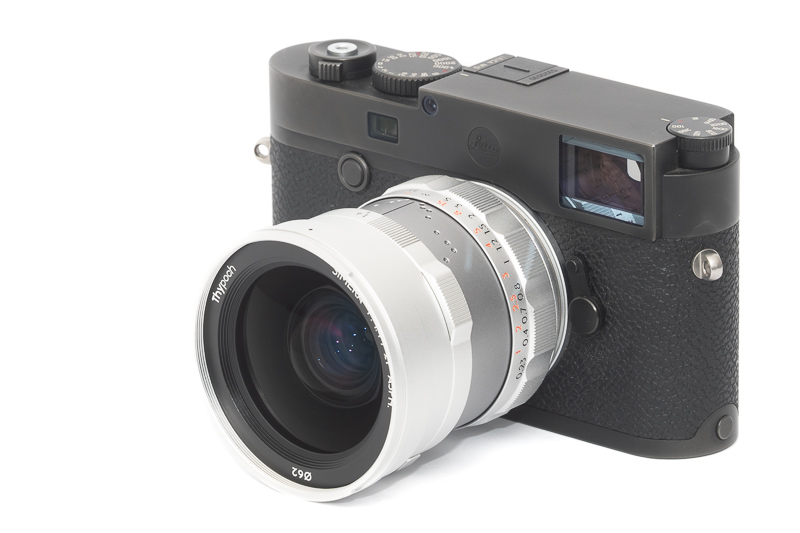
As fifth lens of the Simera lineup, Thypoch released this Thypoch 21mm 1.4 Simera lens in mid 2025. This is obviously a direct competitor to the Voigtländer VM 21mm 1.4 Nokton, so we will especially check how these two lenses compare.
Lens is being reviewed on Sony A7rII and Leica M10
Sample Images
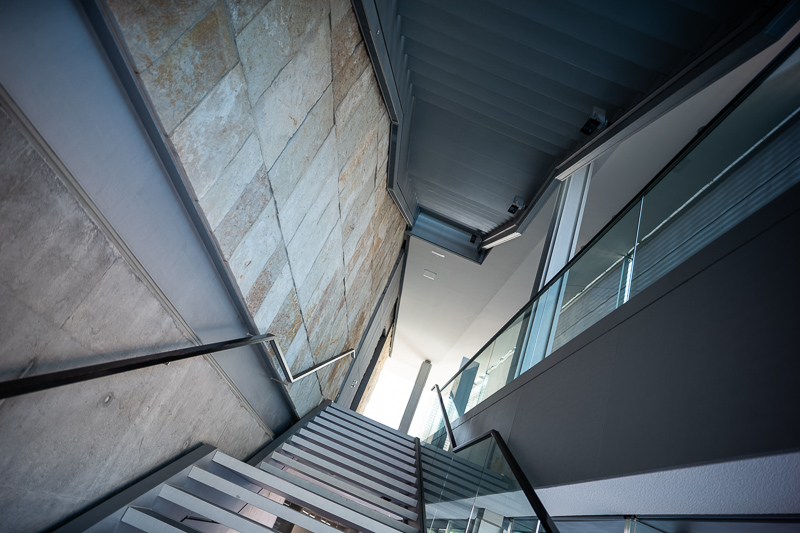
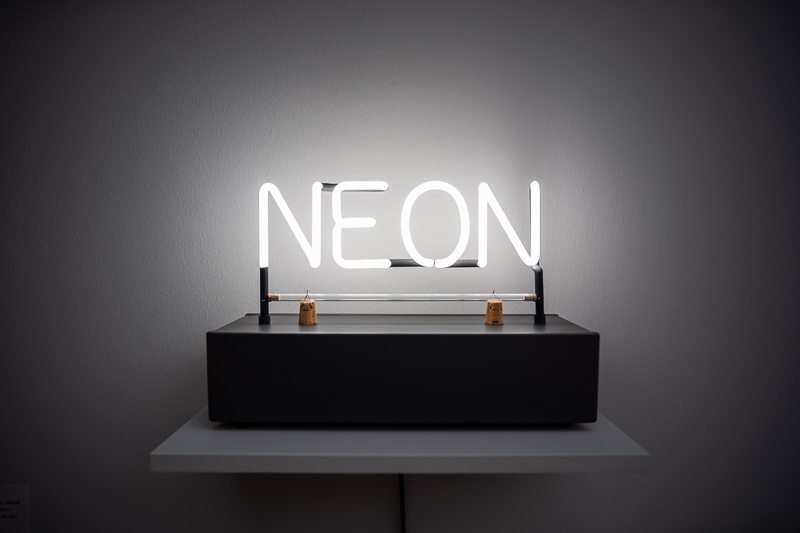

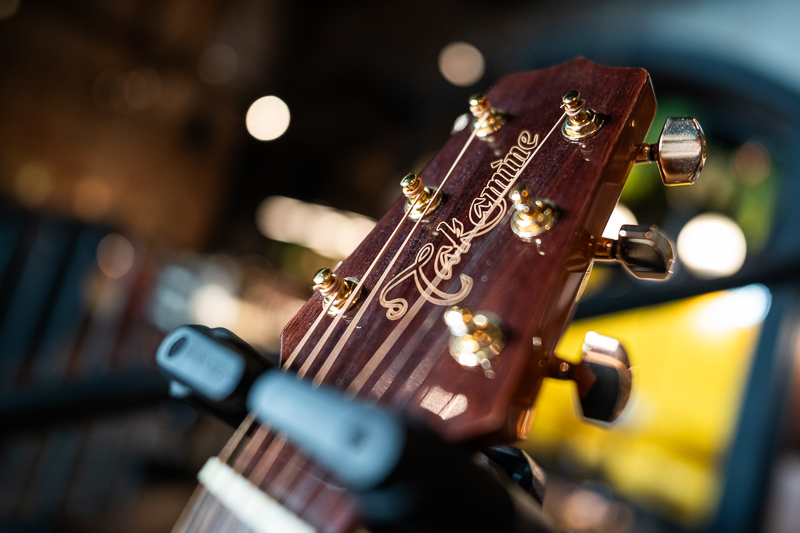

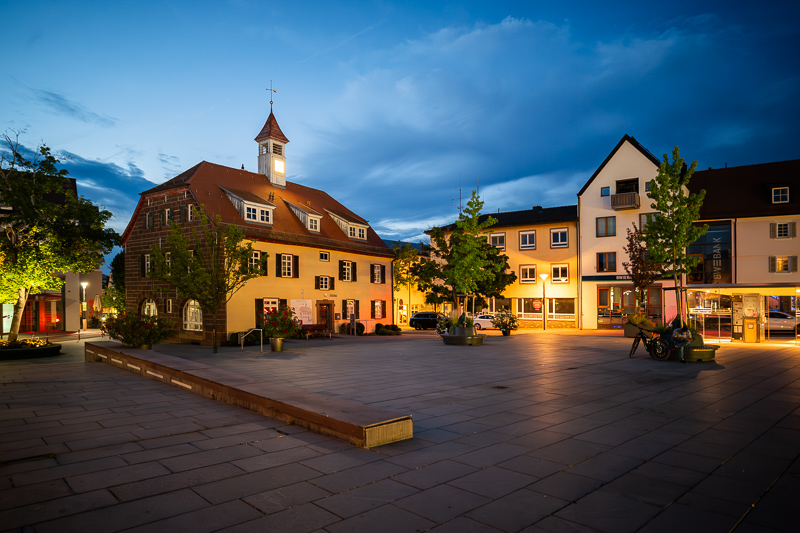

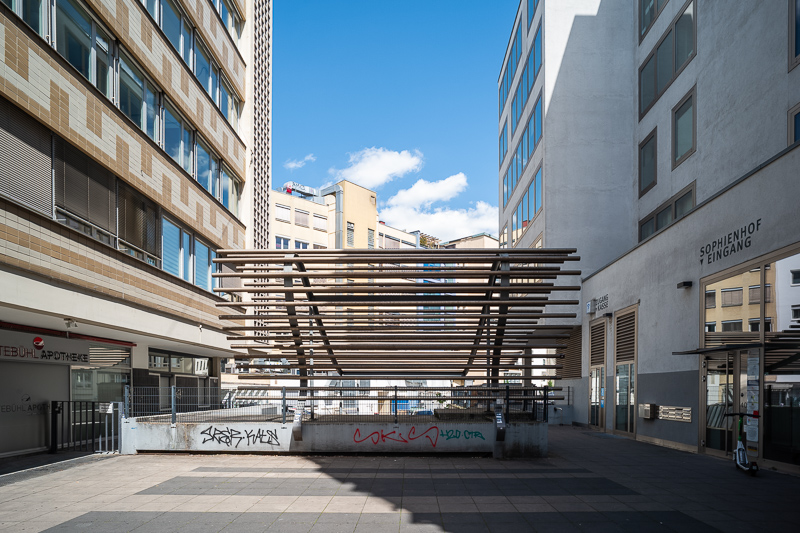
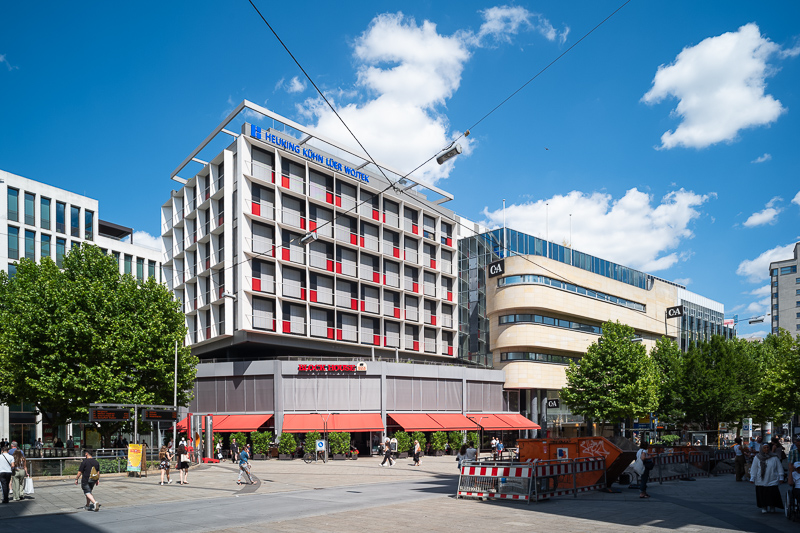
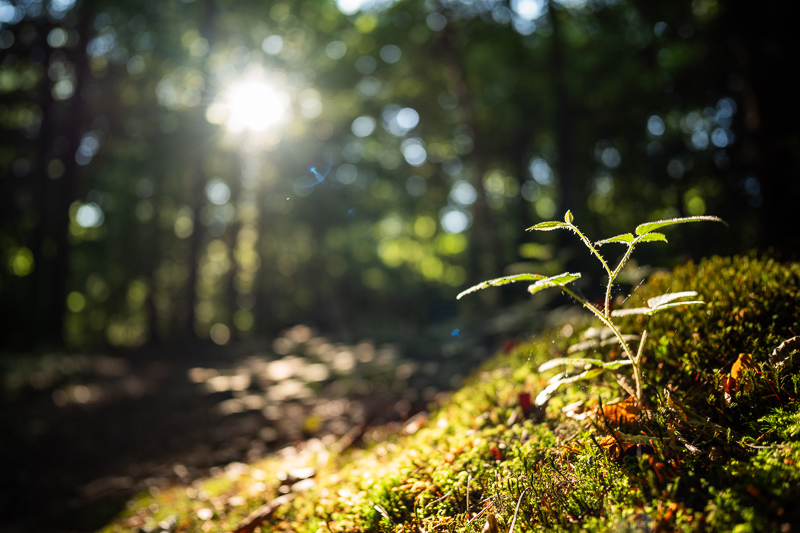
You can find most of the shots in this review in full resolution here.
Contents
Specifications
The full specifications of the Thypoch 21mm 1.4 Simera are:
- Diameter: 67 mm
- Field of view: 90.3° (diagonally)
- Length: 69 mm
- Weight: 429g (without hood[27g] and caps)
- Filter Diameter: 62 mm
- Number of Aperture Blades: 14 (rounded)
- Elements/Groups: 13/11*
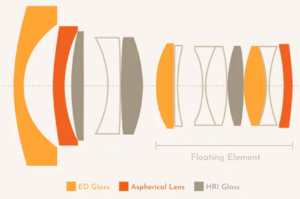
- Close Focusing Distance: 0.23 m
- Maximum Magnification: 1:6.6 (measured)
- Mount: M-mount
*the optical diagram is extremely similar to that of the Voigtländer VM 21mm 1.4 Nokton
buy from manufacturer’s shop (use code PRNET for free shipping) | ebay.com | ebay.de | B&H (affiliate links) for $999
Disclosure
Thypoch lend me a sample of this lens for reviewing purposes. Thanks a lot!
Handling/Build Quality
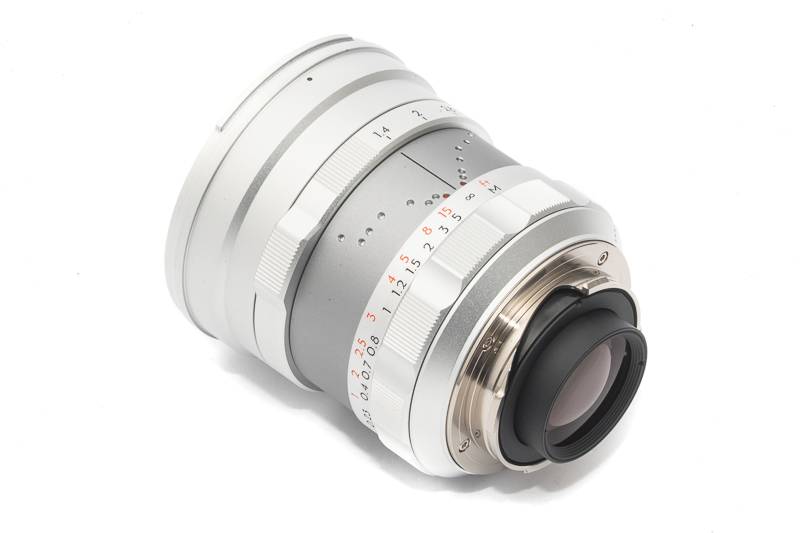
If you had a look at my reviews of the other Simera lenses you already know I am not a huge fan of some of the mechanical design decisions of these lenses. Luckily the Thypoch guys seem to have listened to the feedback, as after the 50mm 1.4 Simera and the 75mm 1.4 Simera also this one does not feature an annoying infinity lock. Similar to the 75mm 1.4 there is also no focus tab to be found here, which personally I am happy with that, as I am not a fan of focus tabs.
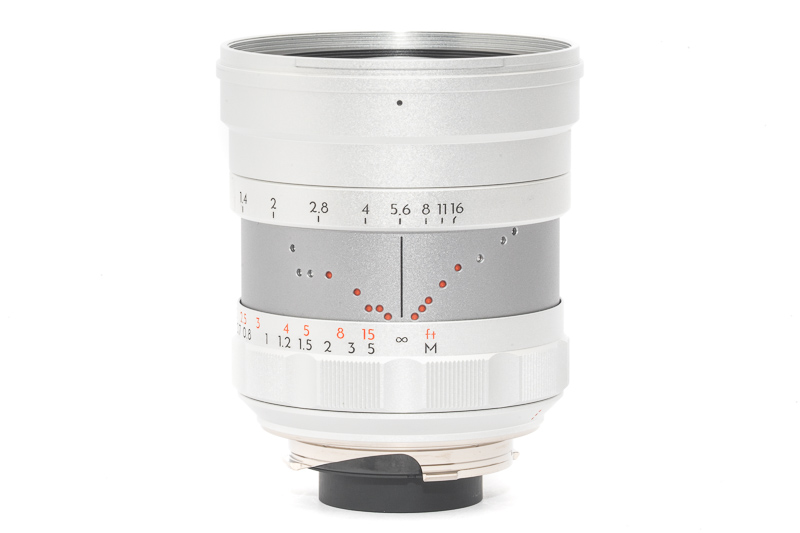
Like the other Simera lenses also this one features the “Visifocus” distance scale, meaning instead of simple bars or lines we see these red dots that “light up” when changing the aperture setting. With a wider lens like this these are more helpful compared to their longer lenses. I would still prefer ditching that thing altogether and giving us a bigger focus ring instead.
The focus ring rotates ~120° from infinity to the minimum focus distance of 0.23 m – again the focus throw is too short at closer distances though. The resistance is even and actually quite nice. What I like about the focus ring is that it has a distinct click stop at the 0.7 m setting, so you will notice leaving the rangefinder-coupled range.
The aperture ring features a small de-click lever at the bottom. Its resistance is high, so I don’t think there is a high likelihood to accidentally change its setting. The stops are not spaced equidistantly and the click stops are also a bit random – 1/3rd of a stop clicks between f/1.4 and f/4.0, half stops between f/4.0 and f/5.6 and full stops between f/5.6 and f/16 – which makes figuring out how far you stopped the lens down going by the clicks and without looking at it also rather difficult. I really hope Thypoch will optimize this for future lenses.
Similar to the 28mm 1.4 Simera also this 21mm 1.4 is a rear focus lens which means the length of the lens does not change when focusing.
It shouldn’t come as a surprise that the rangefinder blockage is still significant with this lens. The Voigtländer VM 21mm 1.4 Nokton was even worse though, as when set to its minimum focus distance and when using the hood even a part of the rangefinder patch was covered.
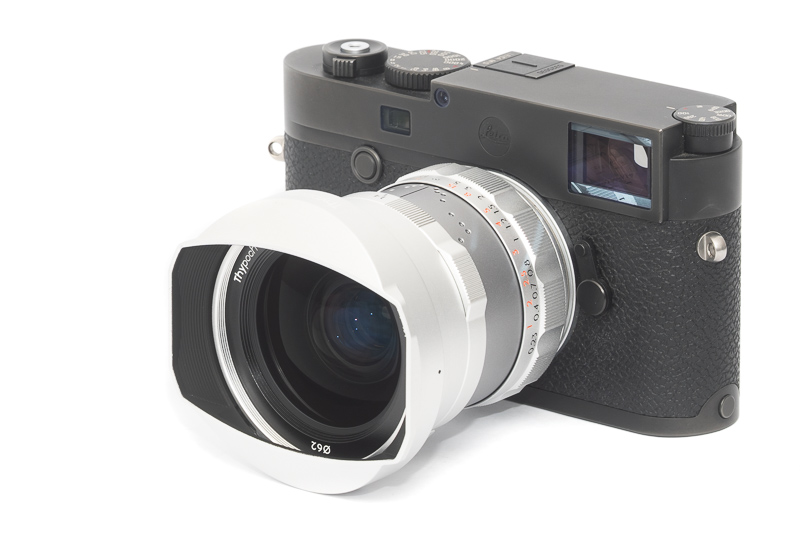
Not only the optical design is very similar to the Voigtländer VM 21mm 1.4 Nokton but also the design of the hood. Here I did not manage to find any of my 62mm filters under the hood though, a very slim ND or protection filter might fit but I have no hope even for the slimmest polarizer.
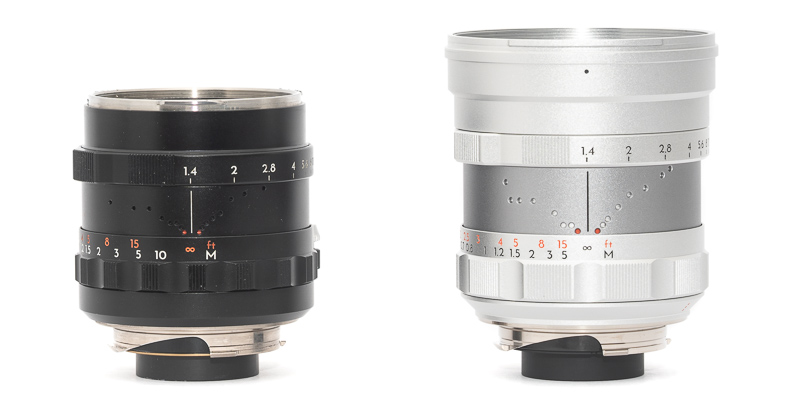
The next lens in the Simera lineup is the 28mm 1.4 and as you can see from the picture above thesize difference between these two lenses is significant.
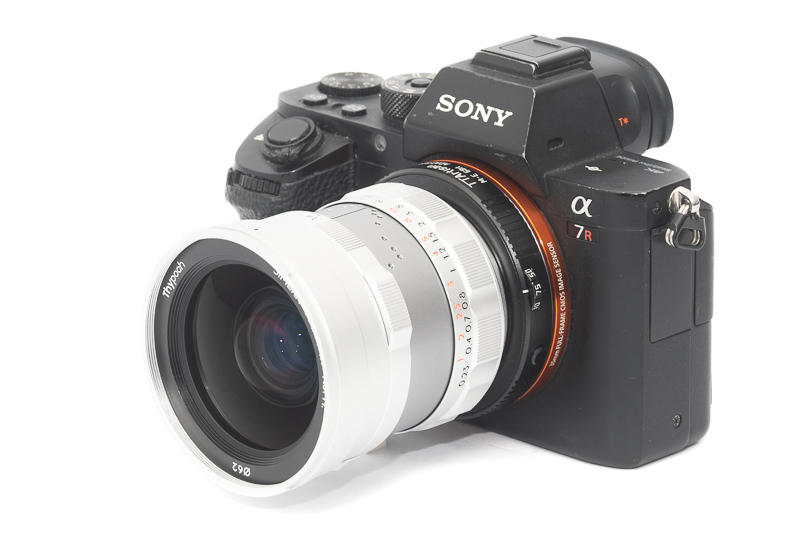
You can adapt the M-mount version to a variety of other mirrorless cameras and even turn it into an AF lens with the Techart LM-EA9 AF adapter. For the picture above I was using a TTArtisan 6-bit Adapter to have some Exif data. Be careful though: just like Voigtländer VM 21mm 1.4 Nokton also this Thypoch Simera features an internal focus mechanism, so you may want to prefocus the lens manually to get best possible performance out of it.
Vignetting
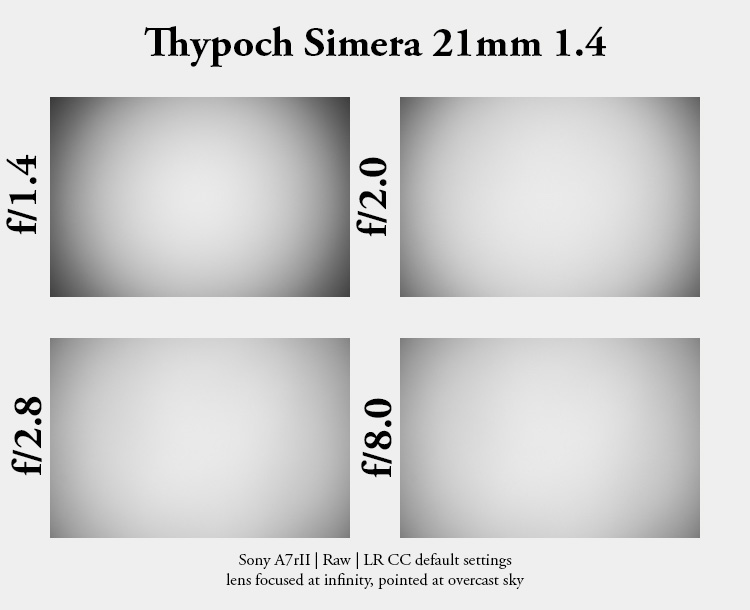
| f/1.4 | 3.6 |
| f/2.0 | 2.7 |
| f/2.8 - f/16 | 2.2 |
The Voigtländer VM 21mm 1.4 Nokton with its small protruding rear element showed almost record breaking high vignetting figures – which was one the reasons I ultimately decided to sell it. A treat of some of the other Thypoch lenses was that they showed less vignetting than their Voigtländer counter parts.
Sadly here the almost identical optical design also leads to almost exactly the same (very high) vignetting figures.
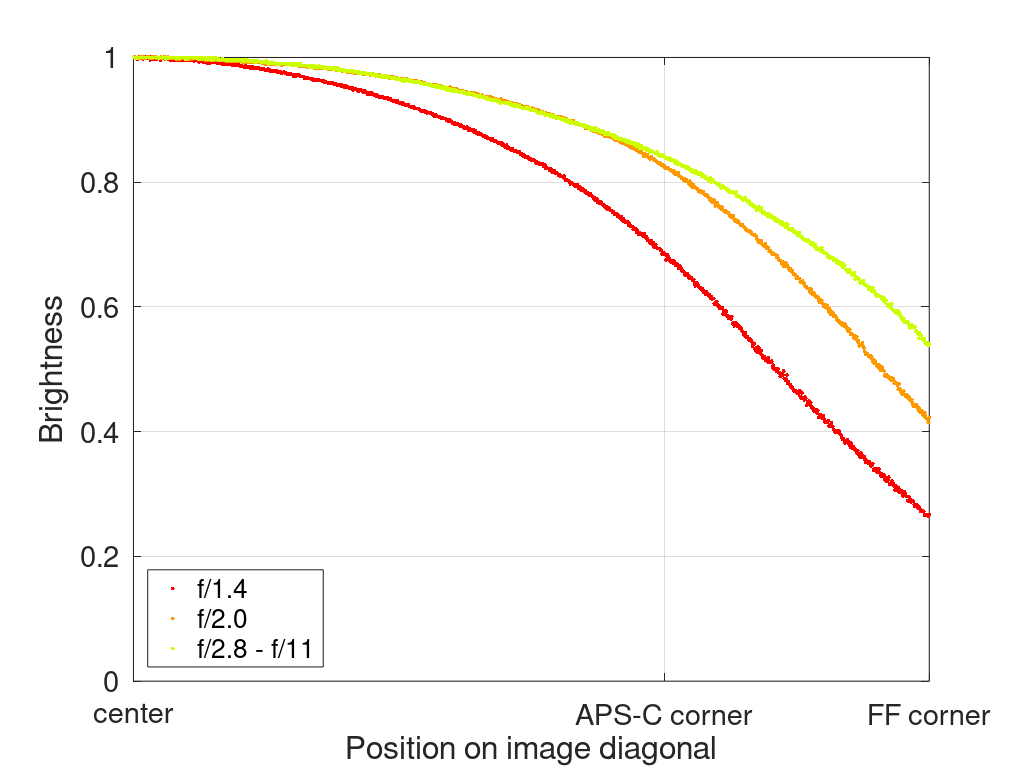
It is recommended to have a look at this article first to get an idea how this brightness graph works.
Sharpness
Focus Shift
At the minimum focus distance I noticed a very small amount of focus shift. In everyday use this should hardly be noticeable.
infinity (42mp Sony A7rII, 24mp Leica M10)
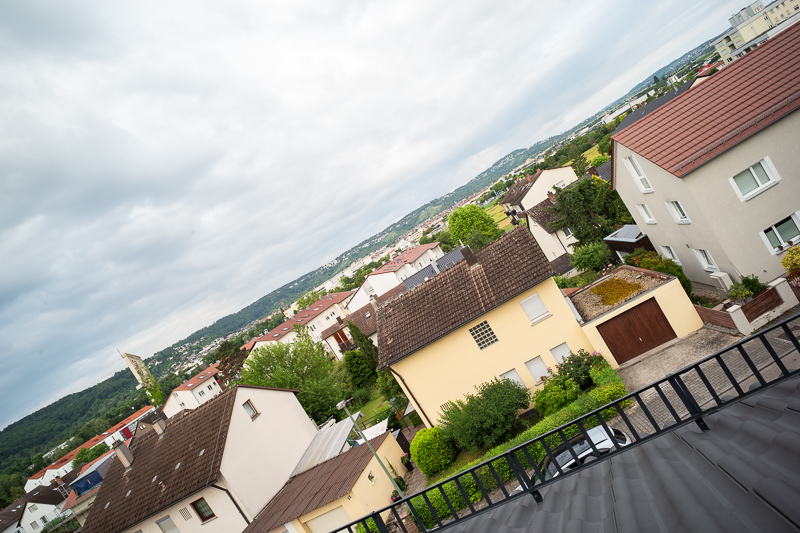
The exposure of corner crops has been increased in post to reveal more details.
The Voigtländer VM 21mm 1.4 Nokton showed a really great performance on the Leica M10 but did not look as great on the Sony A7rII with its thicker filter stack – which is to be expected from a wide angle lens designed for M-mount.
Here the situation is a bit different: on the Leica M10 I see no midzone dip but the corners clearly benefit from stopping down. Due to the performance in the corners the lens actually looks best when stopped down to f/8.0 here. The Voigtländer VM 21mm 1.4 Nokton on the other hand looks least as good at f/2.8 as this Thypoch lens does at f/8.0.
When looking at the performance on the Sony A7rII the M-mount version of the Voigtländer VM 21mm 1.4 Nokton performed pretty bad: midzone dip at wider apertures and mediocre corners. This Thypoch 21mm 1.4 Simera only shows a slight midzone dip and the corners actually look better than on the Leica. On the Sony A7rII this lens shows great across frame performance from f/4.0.
As the Thypoch lenses are often availabe for different mounts my guess is they might be designed for an “average” filter thickness, allowing them to perform well enough on various camera systems. Good news for those among us that use more than one camera system.
close 0.23 m, 1:6.6 (42mp Sony A7rII)
At its minimum focus distance this Thypoch 21mm 1.4 Simera is a bit softer and stopping down to f/2.0 increases contrast noticeably.
The Voigtländer VM 21mm 1.4 Nokton looked great from f/1.4, but it isn’t a fair comparison as that lens has a minim focus distance of 0.5 m, noticeably worse than this Thypoch’s 0.23 m.
Flare resistance
In this category the later Voigtländer lenses are usually strong performers and the Voigtländer VM 21mm 1.4 Nokton was no exception. Can the contender from Thypoch keep up with it?
Depending on the position of the sun in the frame we can see some small and rather unobtrusive artefacts, nothing that has the potential to regularly ruin your shots though.
Stopped down these artefacts are a bit more obvious, but still small and they can often be avoided by slightly reframing (you need to use a camera with liveview for that of course). We can see some long rays around sunstars here that look rather odd though.
I haven’t compared this Thypoch and the Voigtländer side-by-side so it is hard to tell if there is actually a notable difference between them in this category. I do think the Voigtländer performs slightly better as I haven’t encountered those ray like around sunstars with it. Still, this is a good performance, better than most fast wide angle lenses.
Coma
As we have seen in the sharpness section, the corner performance isn’t great on the Leica camera, but as we can see here, Coma is still well corrected. At f/1.4 and f/2.0 I see only minor artefacts, whereas the Voigtländer VM 21mm 1.4 Nokton produced more obtrusive ones and had to be stopped down to f/2.8 for a good performance here.
Distortion
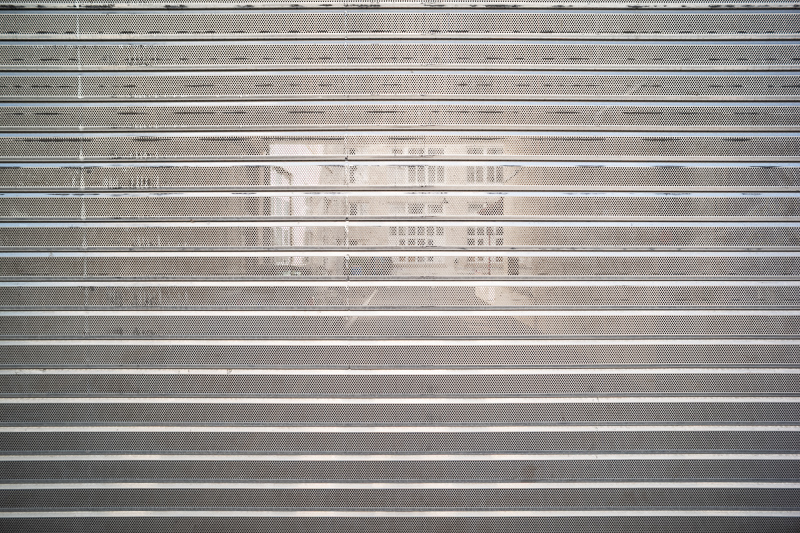
Just like the Voigtländer VM 21mm 1.4 Nokton also this Thypoch 21mm 1.4 Simera shows low but slightly wavy pincushion distortion. When I wrote this review there were no distortion correction profiles for Thypoch lenses availabe in Lightroom so I didn’t correct the distortion in any of the pictures you see in this review.
Bokeh

I am a big fan of the wide angle bokeh that can be created with fast 28mm and 35mm lenses for environmental portraits. When it comes to 21mm lenses the situation is a bit different though: already at half-body portrait distances you need to be careful with the perspective distortion of a lens this wide. In the following examples the glasses already look very distorted when placed off center:
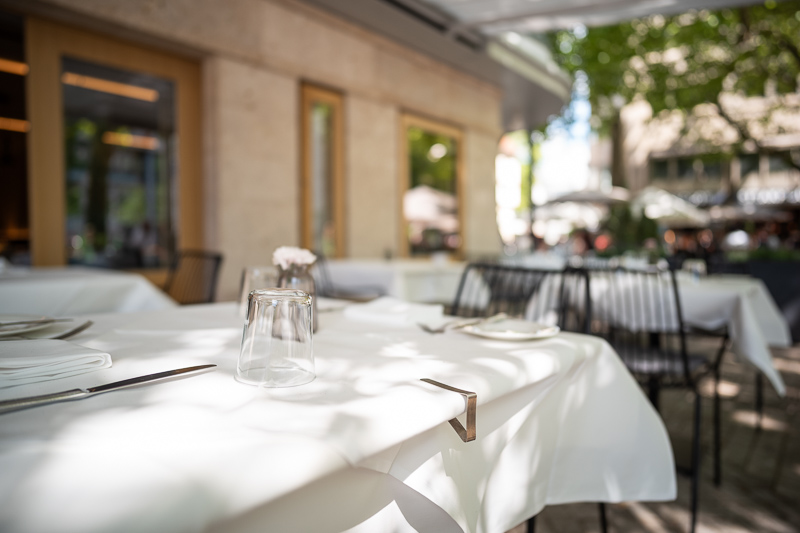
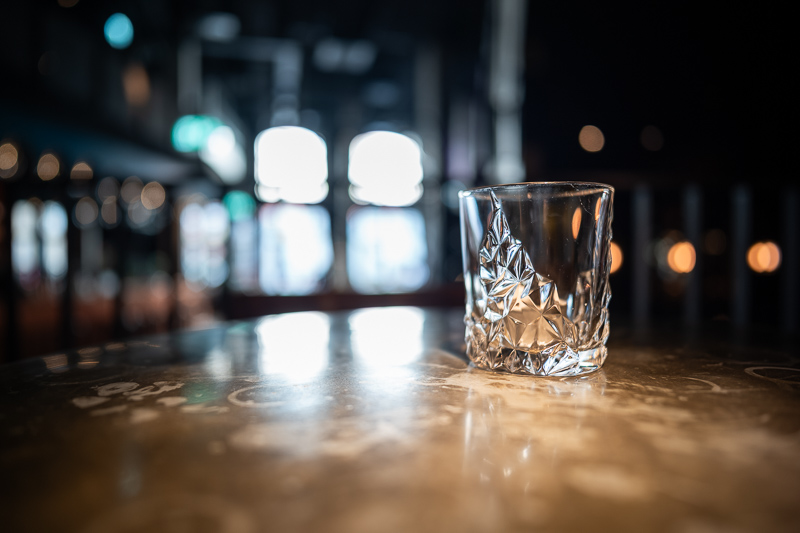
The minimum focus distance of 0.23 m is a big advantage over the Voigtländer VM 21mm 1.4 Nokton, that only offers 0.5 m (the E-mount version of the Voigtländer offers 0.25 m).
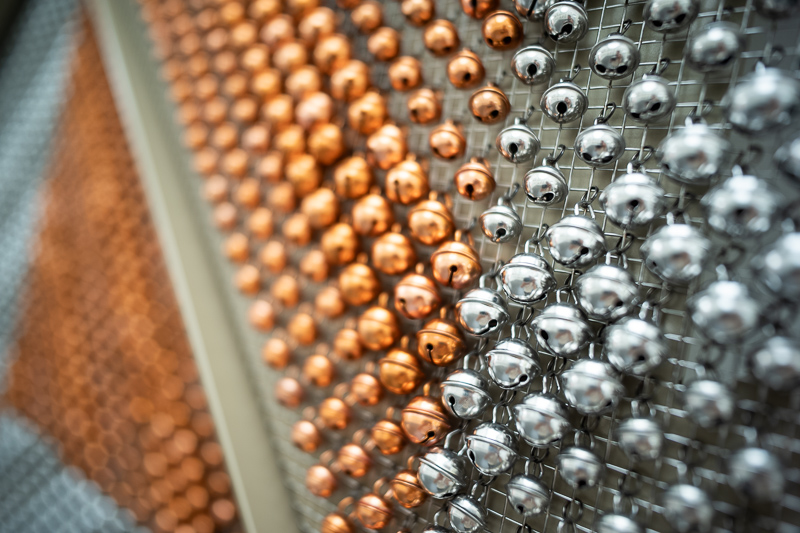

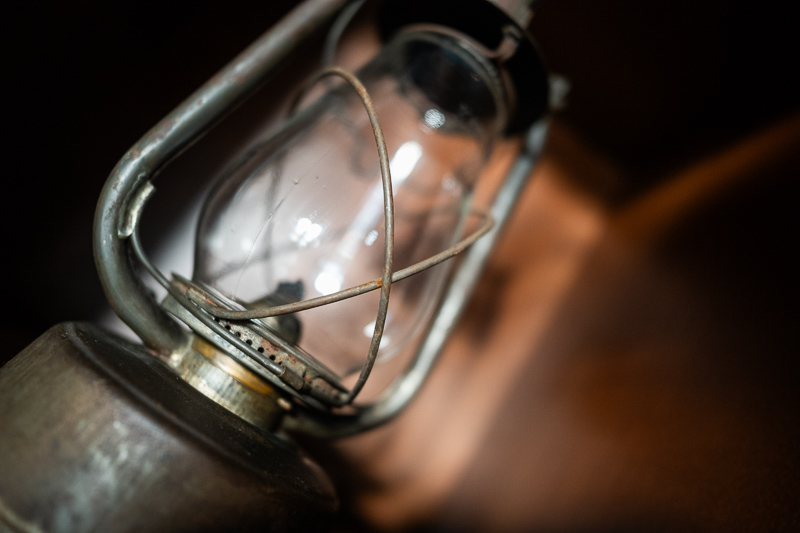
For full body portraits – or even bigger objects – at longer distances you will barely notice that the background is out of focus at all – at normal viewing distances that is. For smaller children (if you manage to hit the focus) this an still work though:

If you think of mainly using this lens to take pictures without a tripod in dimly lit situations (e.g. during the blue hour) you still need to be careful with where you focus. In the picture below only the front edge of the building is in the focal plane, the street lamp on the left is already slightly blurred.

Generally the bokeh rendering of this lens looks similar to what I got from the Voigtländer VM 21mm 1.4 Nokton, I do prefer the Thypoch’s noticeably better minimum focus distance though, giving us more freedom when taking pictures of small objects.
Sunstars
I have said it before: Thypoch has really figured this one out. Normally lenses with such a high number (16) of rounded aperture blades do not create distinct sunstars, but here the production tolerances for the diaphragm seem to be pretty tight, as we see nice sunstars with an even length of the rays from f/5.6 to f/16.
If you want to know more about sunstars have a look at this article.
I really wish more manufacturers would go for this design, as it manages to strike the balance between a high number of rounded blades and nice sunstars stopped down.
Chromatic aberrations
lateral
Lateral CA are on such a low level I don’t have anything so show you here.
longitudinal
Bokeh fringing is really well corrected. At f/1.4 small traces are visible, on stopping down to f/2.0 it is effectively gone.
Purple fringing is really well corrected, too. So in this category the Thypoch actually performs better than the Voigtländer VM 21mm 1.4 Nokton.
Conclusion
good
|
average
|
not good
|
In Germany we say “Competition is good for business” and when thinking of Thypoch offering the Simera lenses for M-mount this is generally how I feel.
Especially the 28mm 1.4 Simera and the 75mm 1.4 Simera proved to be very interesting alternatives to the Voigtländer lenses, offering some improvements like less vignetting, a floating elements design and better CA correction and all that for a similar price.
While these two lenses feature optical designs very different from the Voigtländer counterparts, the diagram of this 21mm 1.4 looks very similar to that of the Voigtländer VM 21mm 1.4 Nokton though. At first I thought this might end up being a boring review to write, should they actually perform more or less the same.
Interestingly that isn’t the case. This Thypoch lens does show some improvements when it comes to CA and Coma correction and their engineers also managed to make it a bit smaller and lighter while focusing much closer – which is always welcome.
In terms of sharpness at infinity – at least when used on an M-mount camera – it did not impress me as much as the Voigtländer VM 21mm 1.4 Nokton though whose mechanical design I also prefer. This time the Thypoch lens is also a bit more expensive.
I told you about the small differences and they may push you towards one or the other. At the end of the day these are both very capable fast 21mm lenses and you cannot really go wrong with either of them.
buy from manufacturer’s shop (use code PRNET for free shipping) | ebay.com | ebay.de | B&H (affiliate links) for $999
Alternatives
Voigtländer VM 21mm 1.4 Nokton:
In pretty much all of the categories above I compared these lenses. When I saw their optical designs being eerily similar I was expecting the same being true for their performance as well, but there are indeed some differences (but also a lot of similarities).
The Voigtländer was still a bit sharper in my testing on a Leica camera, especially at infinity and I also greatly prefer its mechanical design. The Thypoch corrects coma and longitudinal CA better and is a bit smaller and lighter.
When I compared the Thypoch 75mm 1.4 Simera to the Voigtländer VM 75mm 1.5 Nokton the Thypoch was my clear recommendation. Here the situation is not as obvious, especially because the Thypoch is a hundred bucks more expensive than the Voigtländer. I told you about the differences, so choose for yourself depending on your preferences and applications.
buy from B&H | amazon.com | amazon.de | ebay.com | ebay.de for $899 (affiliate links)
TTArtisan 21mm 1.5:
In terms of optical performance the TTArtisan 21mm 1.5 simply cannot keep up with this Thypoch 21mm 1.4 or the aforementioned Voigtländer VM 21mm 1.4. Sharpness and contrast are worse (no floating elements), stopped-down vignetting is higher, coma is stronger, flare resistance is worse and the minimum focus distance is also worse.
It is a lot cheaper though, so if you only rarely need a 21mm lens but you want a fast one this can still be an interesting alternative.
buy from the manufacturer’s shop | amazon.com | ebay.com | ebay.de for $429 (affiliate links)
Leica 21mm 1.4 Summilux-M:
Now if you think this Thypoch or the Voigtländer 21mm 1.4 are heavy lenses you will probably not like Leica’s version, as it is even bigger and heavier. Its optical design is simpler (only 10 elements with 2 aspherical surfaces) but it also features a floating elements design – it only focuses down to 0.7 m though, so I am not sure how useful it actually is. I wouldn’t be surprised if we see a lukewarm MK II update with improved minimum focus distance soon, as we have already seen for the 35mm 1.4 FLE and the 50mm 1.4 FLE.
As usual it is hard to find reviews with an actual assessment of this Leica lens’ performance, but what I saw didn’t give me any reason to consider picking it over this Thypoch or the Voigtländer 21mm 1.4. If you think otherwise, please consider using one of my affiliate links when buying one.
buy from B&H | ebay.com for $8995 (new) or $4500 (used) (affiliate links)
Sample images
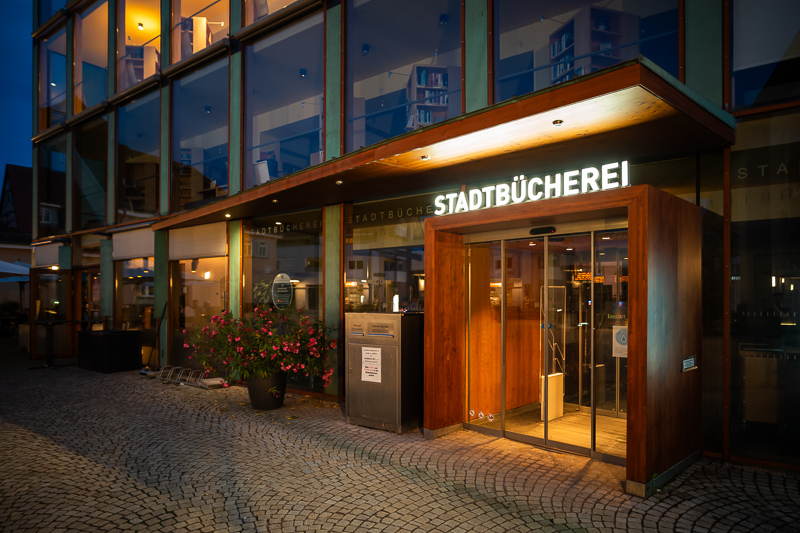

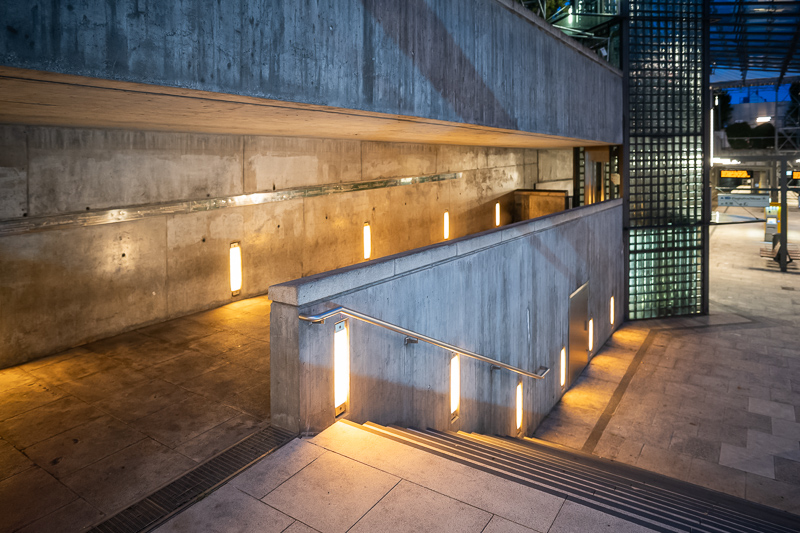
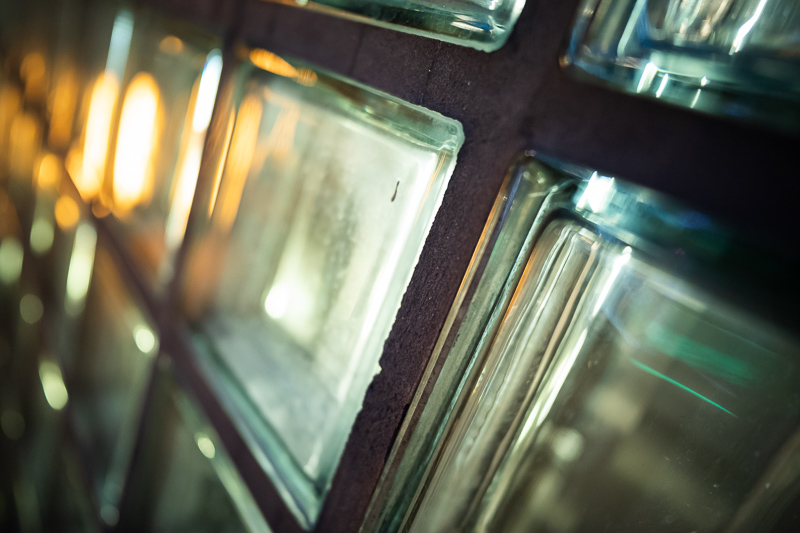
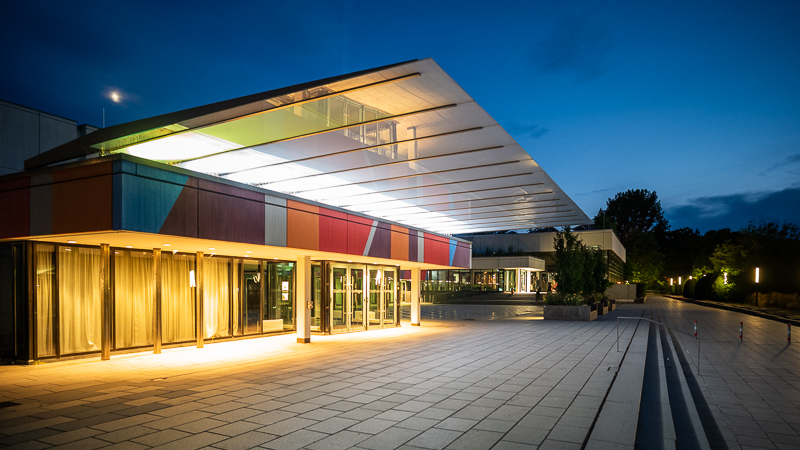
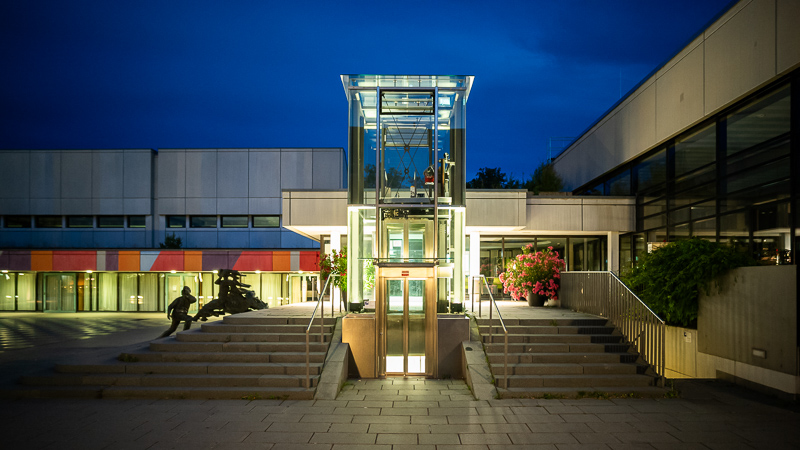

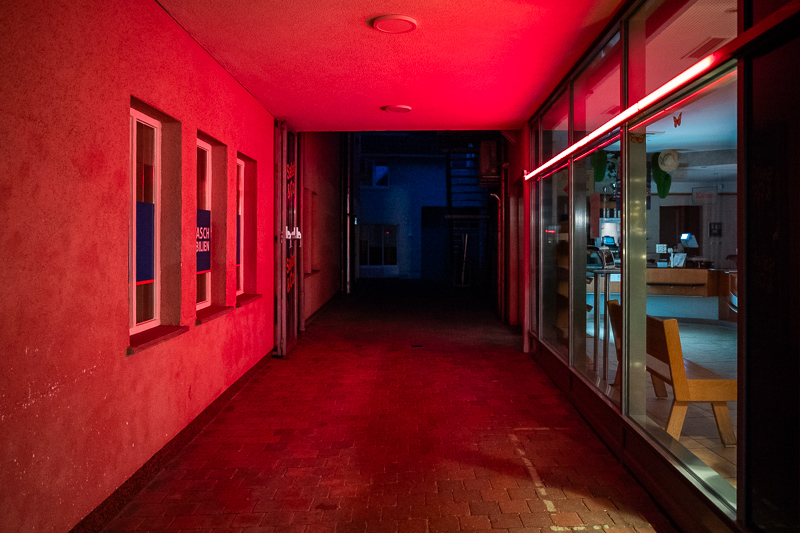

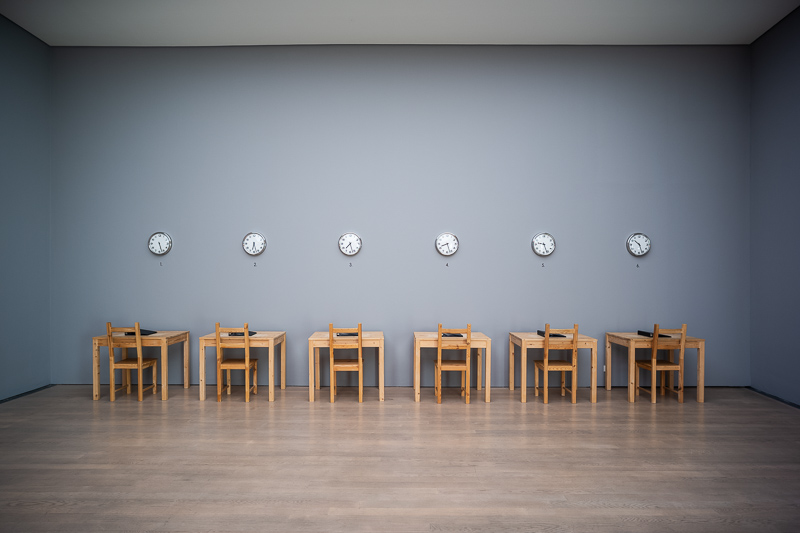

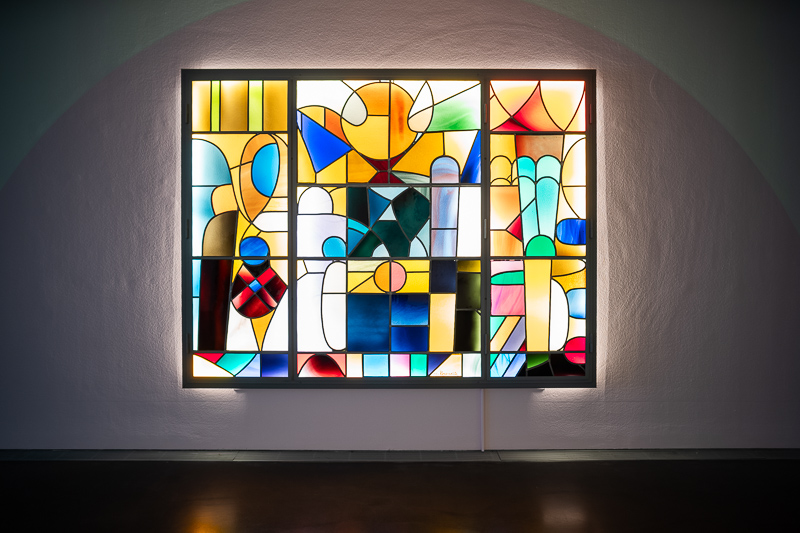
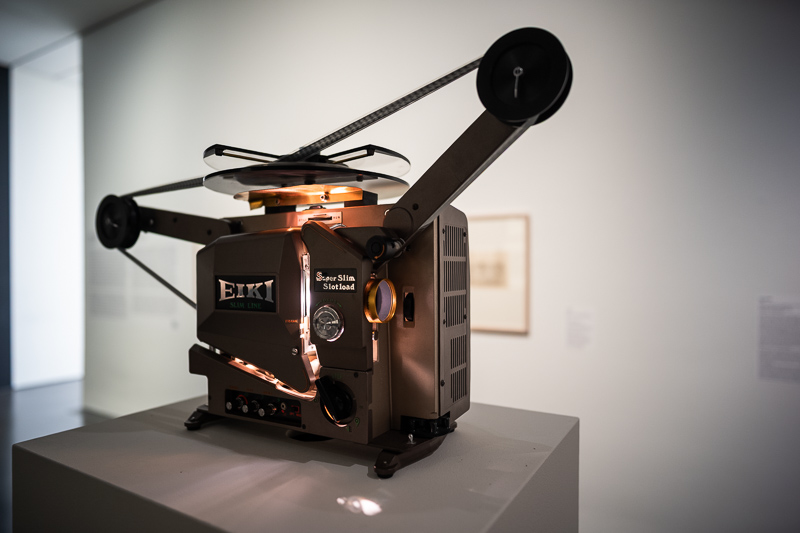

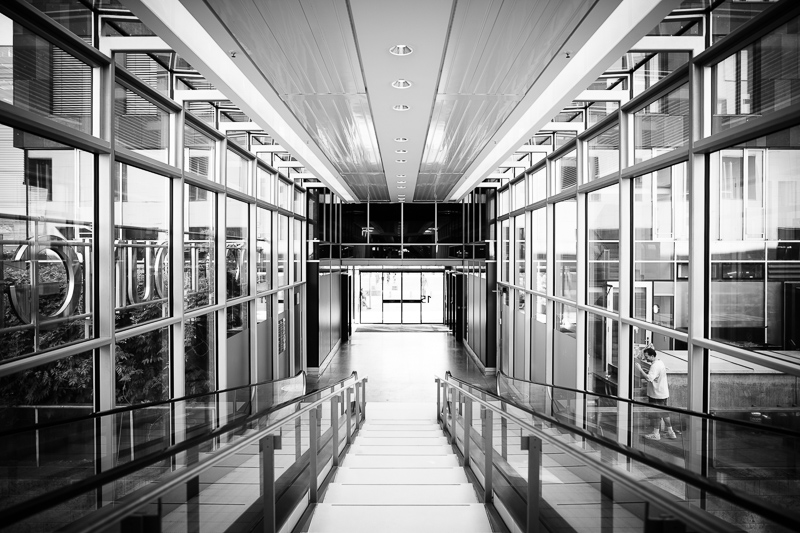
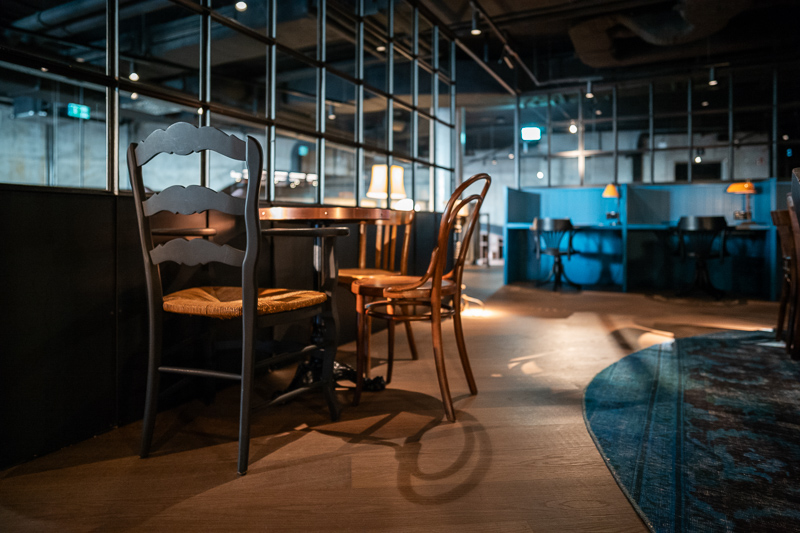
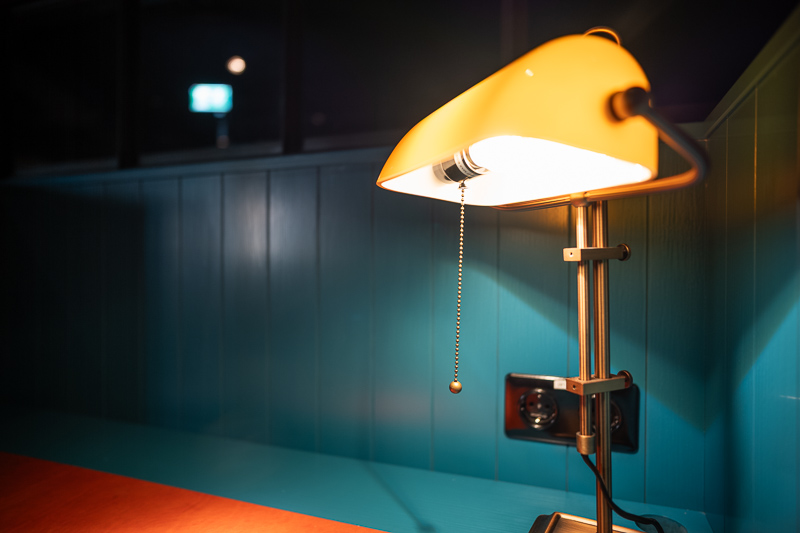


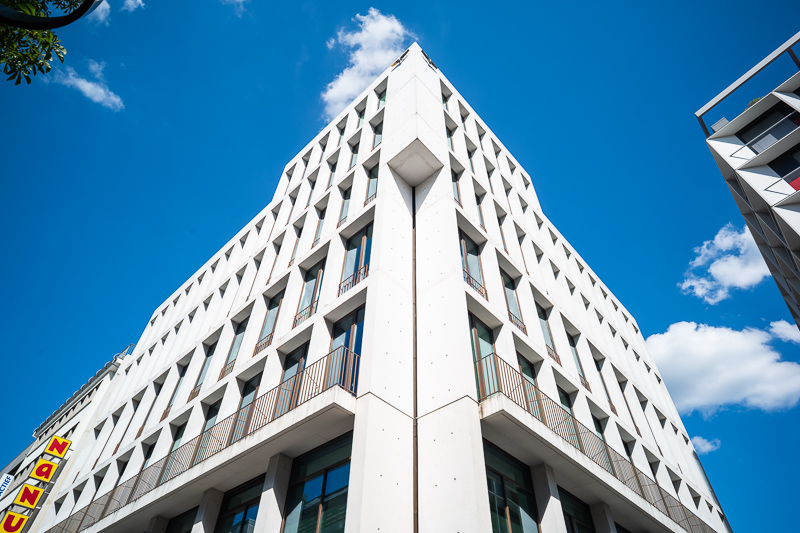
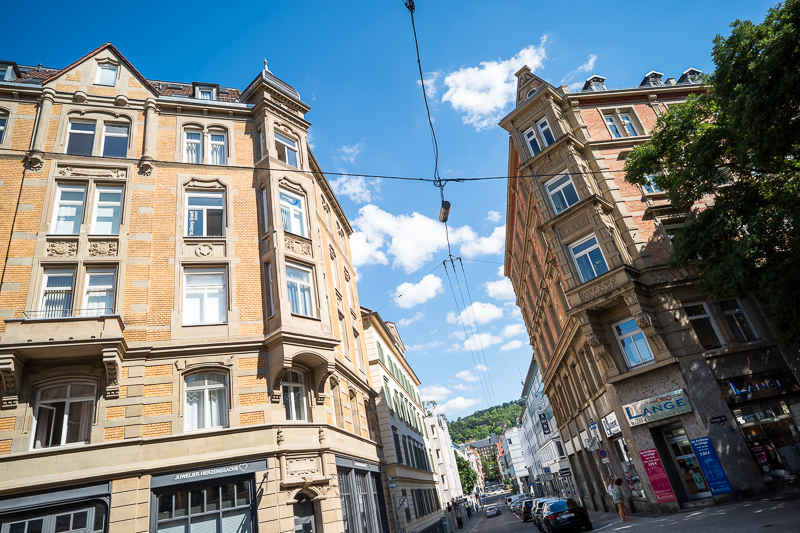
You can find most of the shots in this review in full resolution here.
Further Reading
- All Leica M-mount reviews
- Technical Knowledge
- Review: Thypoch 35mm 1.4 Simera
- Review: Thypoch 50mm 1.4 Simera
- Join our Discord server to get the latest news
Support Us
Did you find this article useful or just liked reading it? Treat us to a coffee!
![]()
![]()
![]() via Paypal
via Paypal
This site contains affiliate links. If you make a purchase using any of the links marked as affiliate links, I may receive a small commission at no additional cost to you. This helps support the creation of future content.
Latest posts by BastianK (see all)
- Review: Nikon Nikkor 105mm 1.8 Ai-s - December 28, 2025
- 2025 – Year in Review - December 23, 2025
- Review: Sony FE 70-200mm 4.0 G Macro OSS II - December 20, 2025
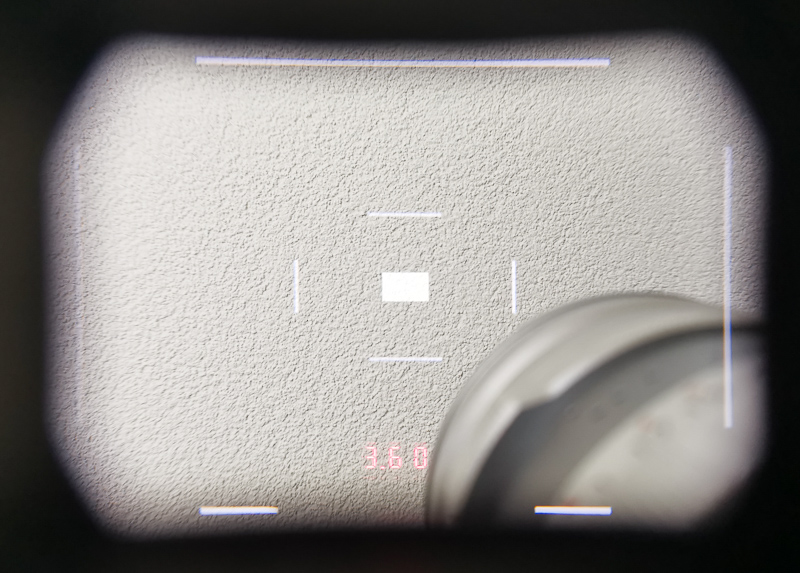
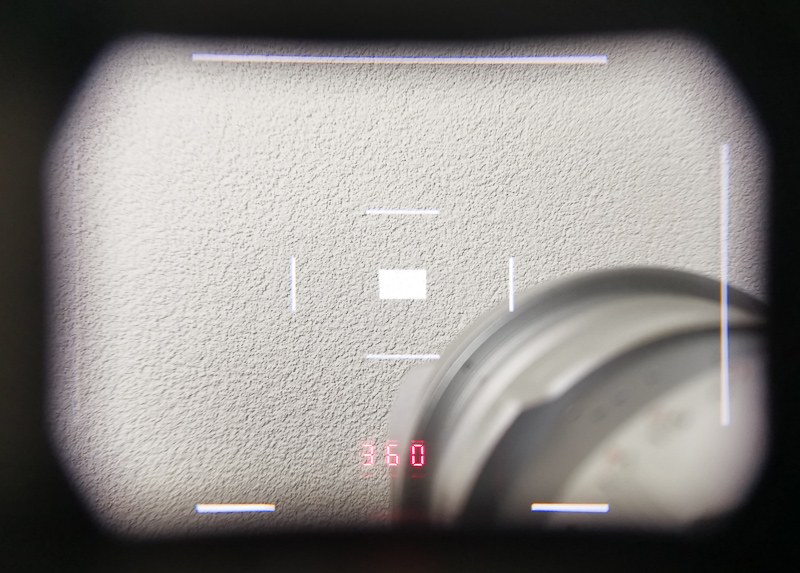
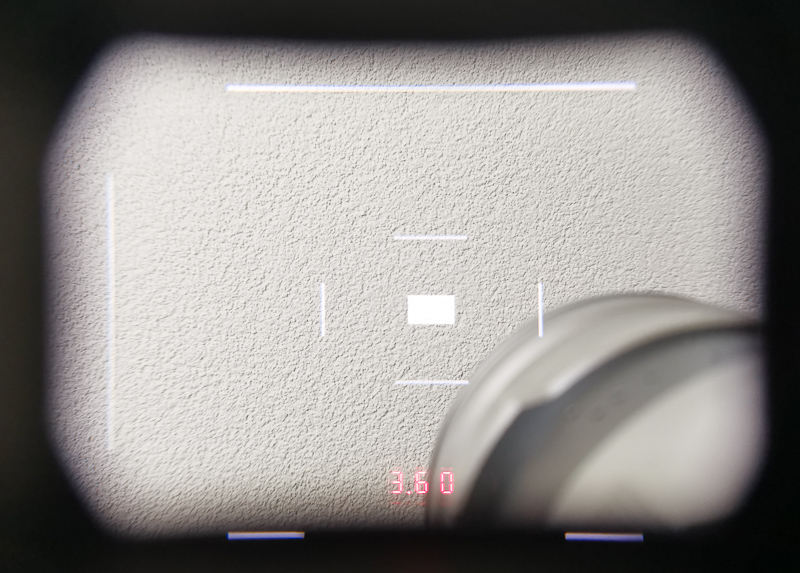
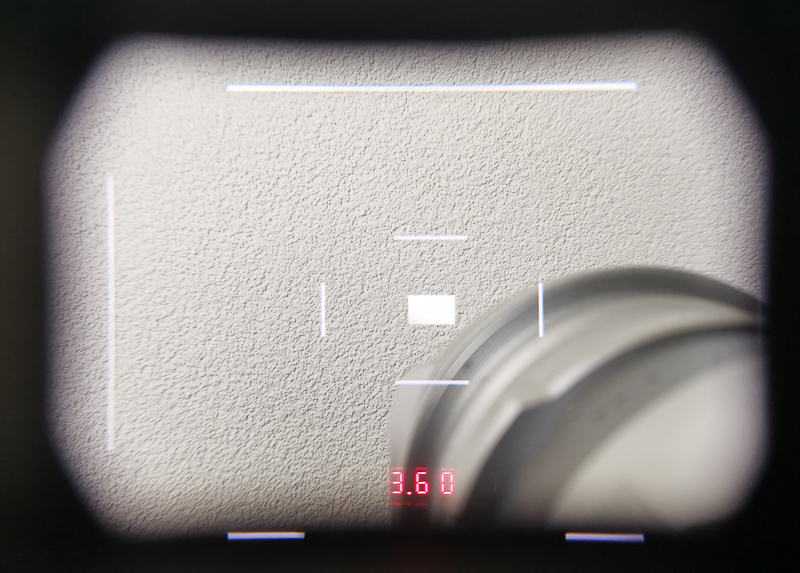
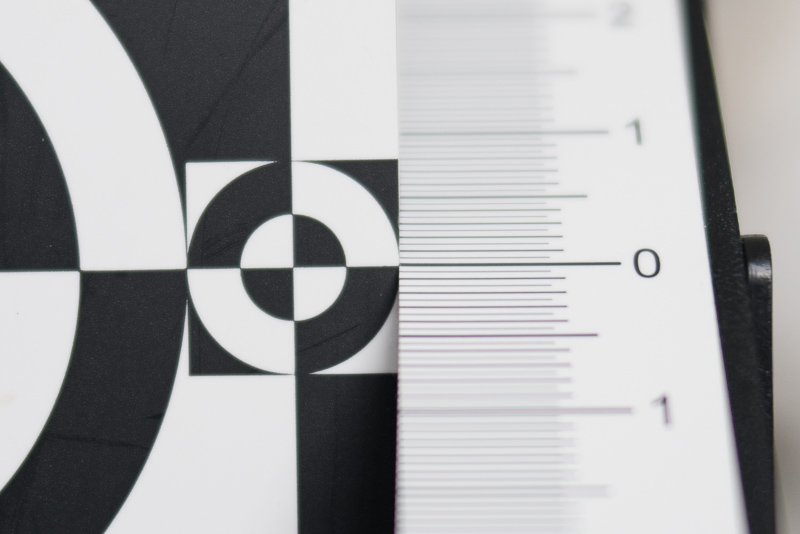
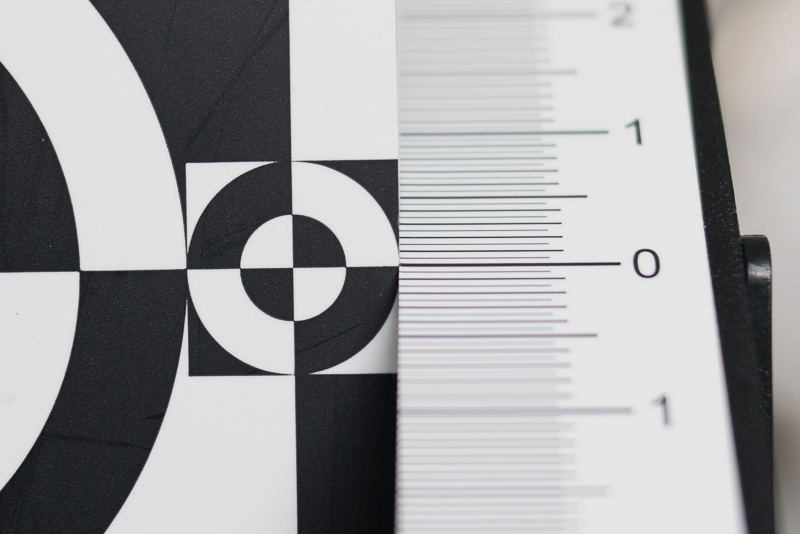
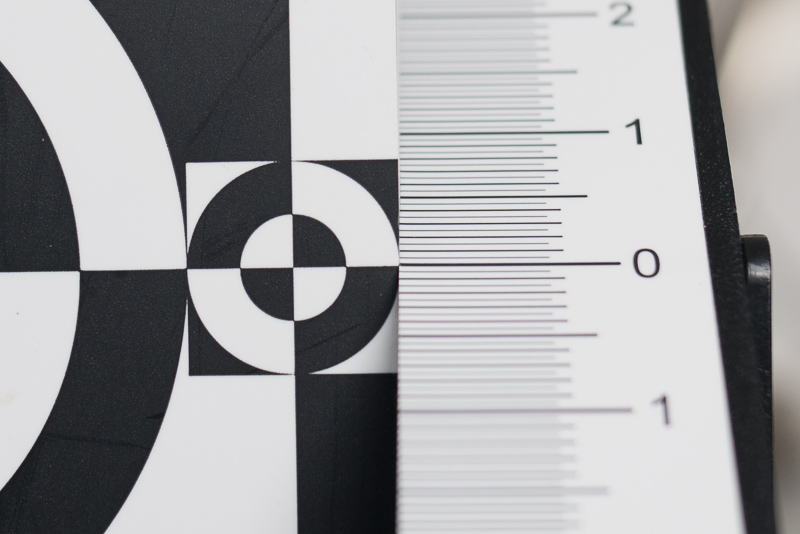

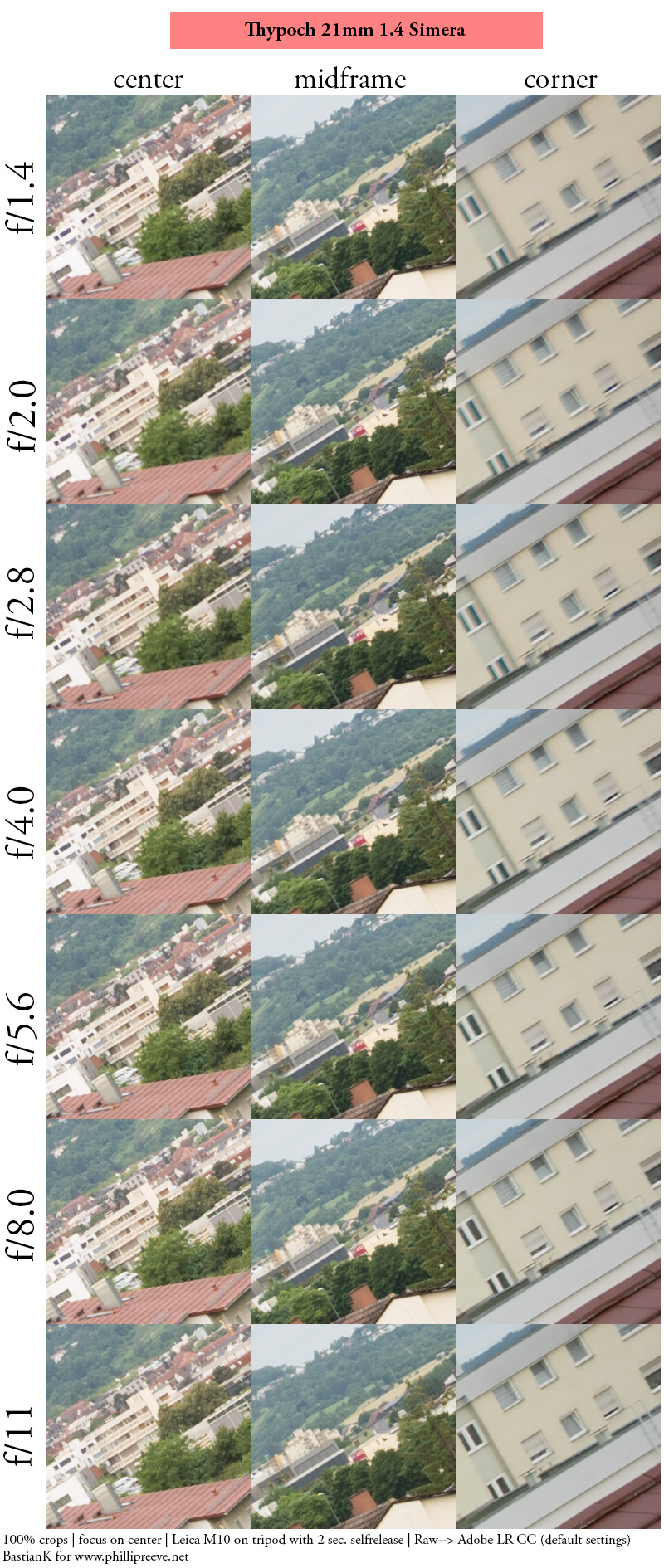
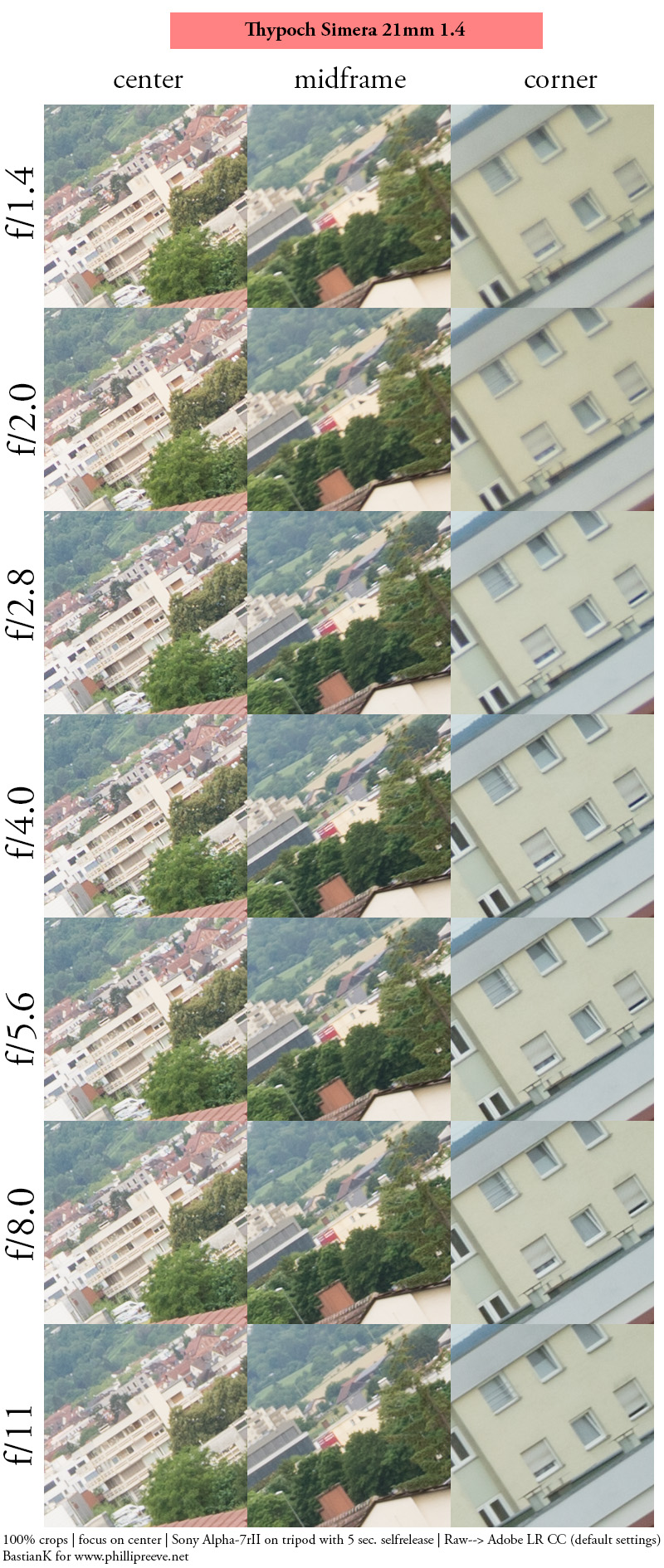




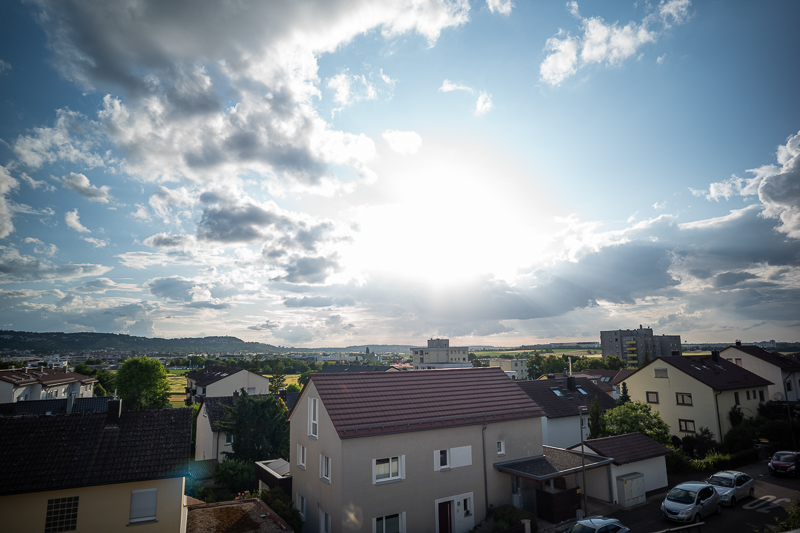
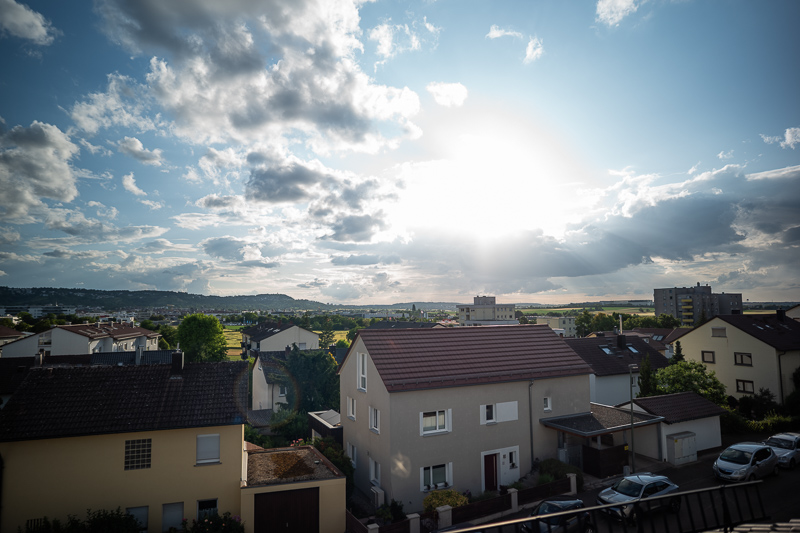
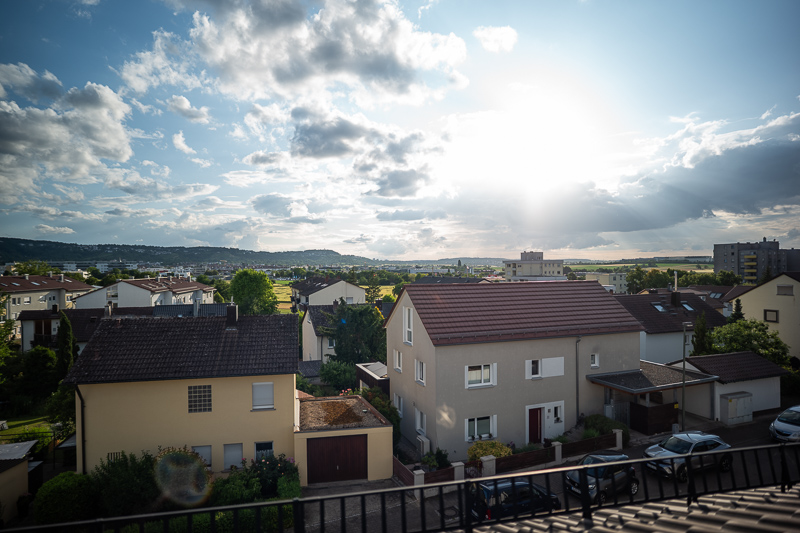
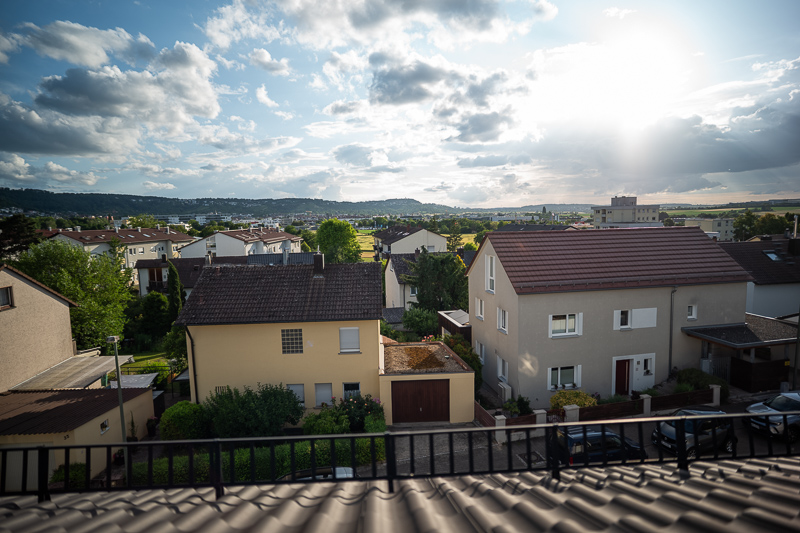
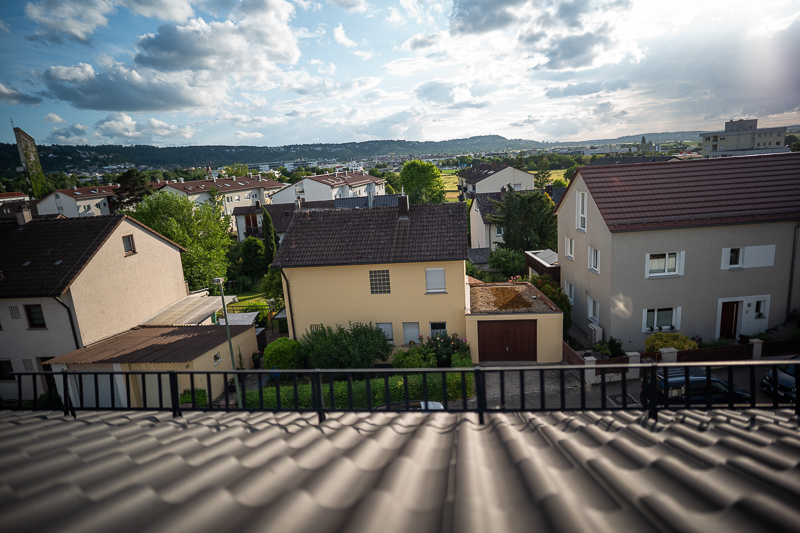
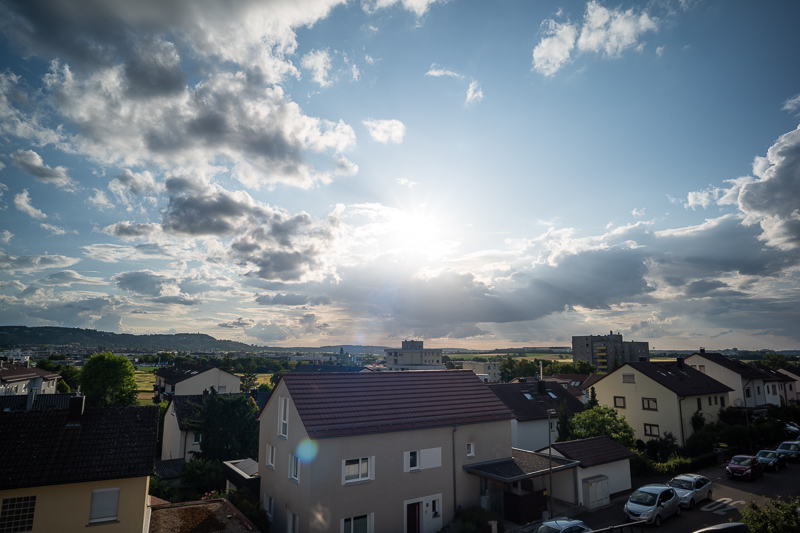
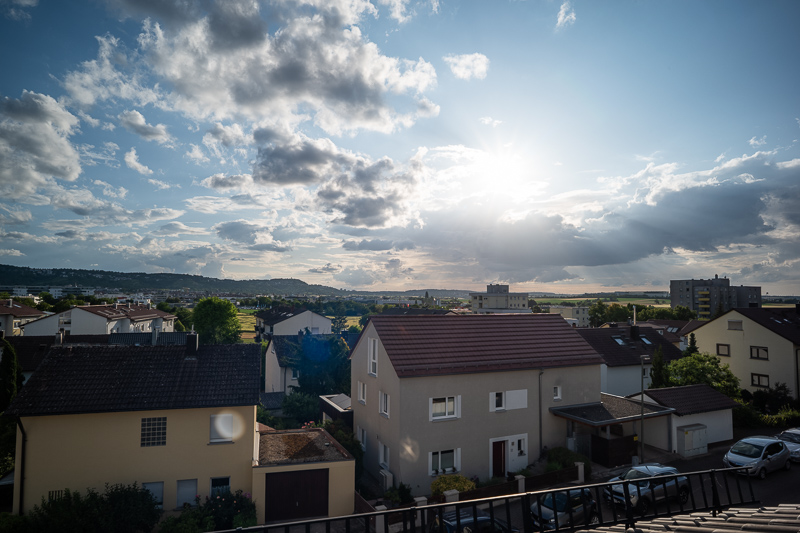
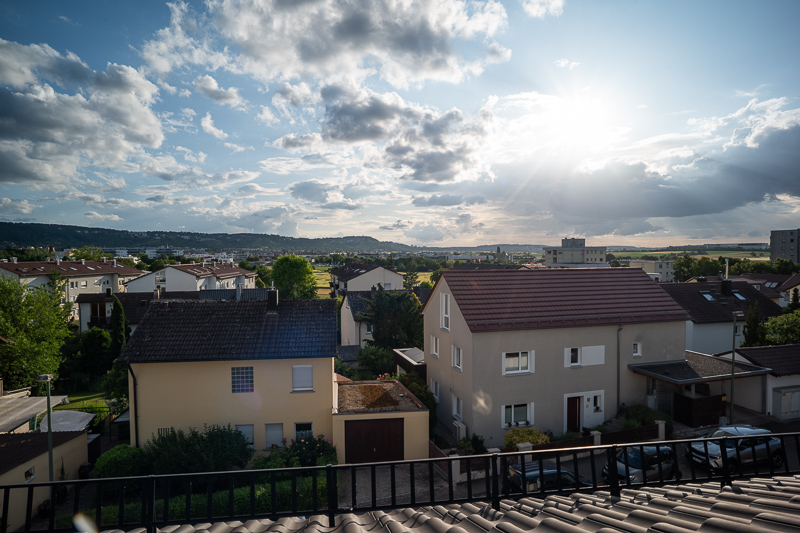
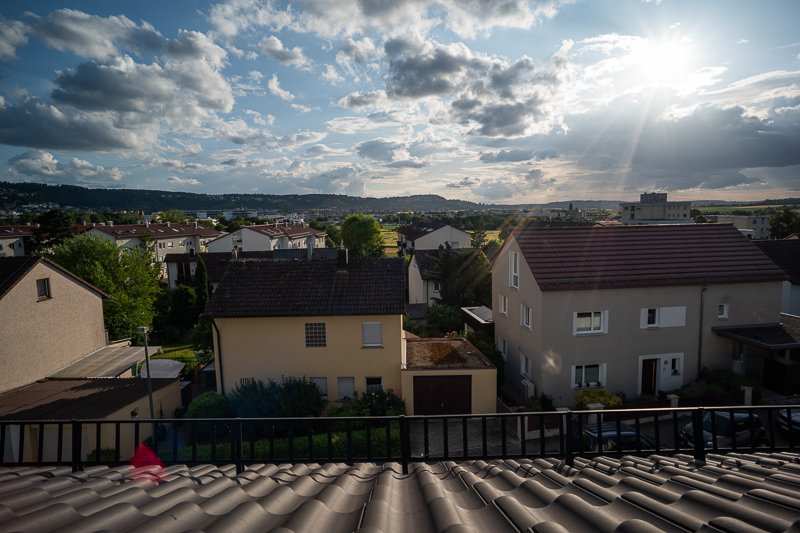
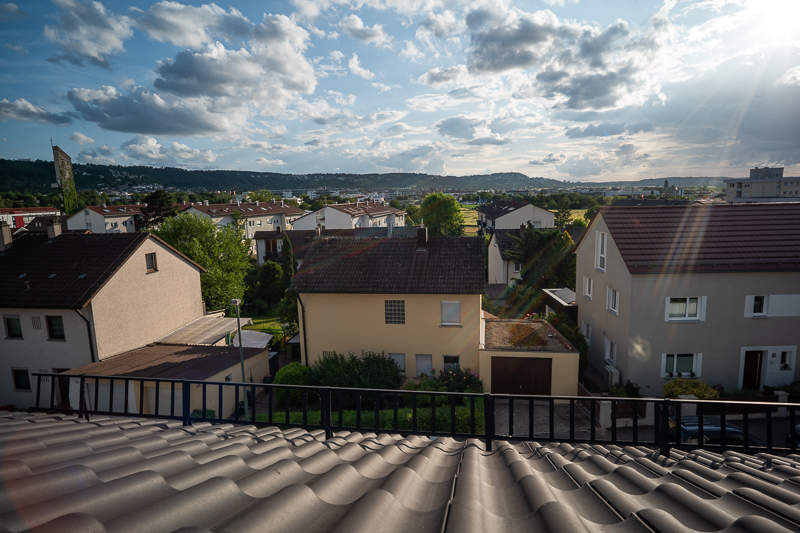
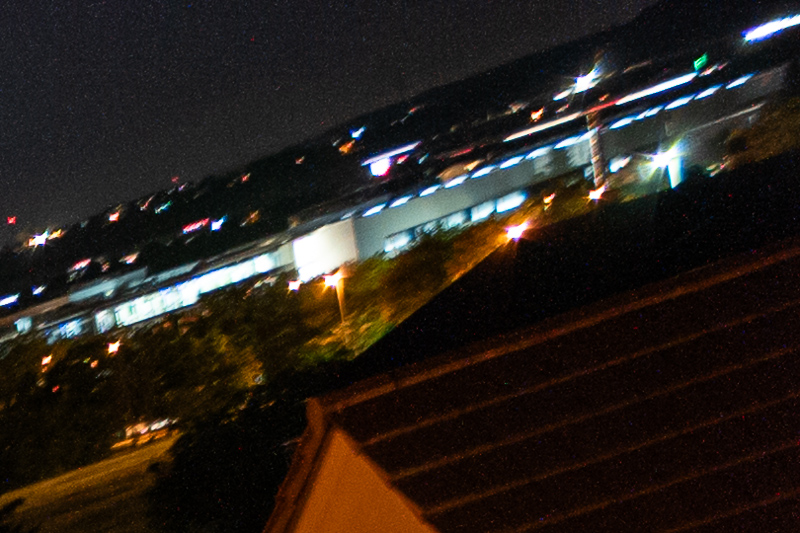
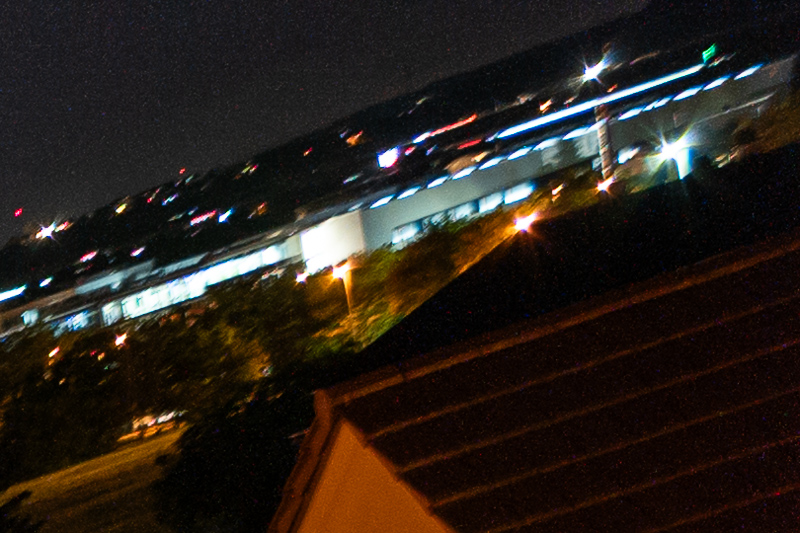
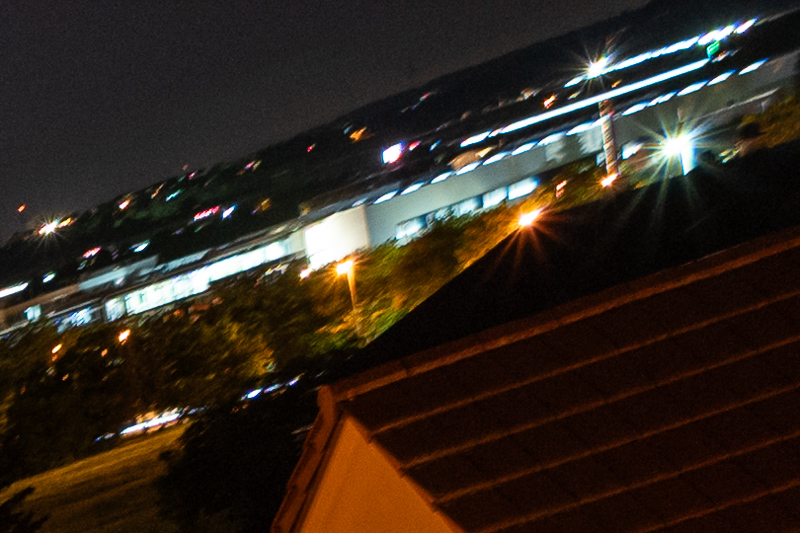
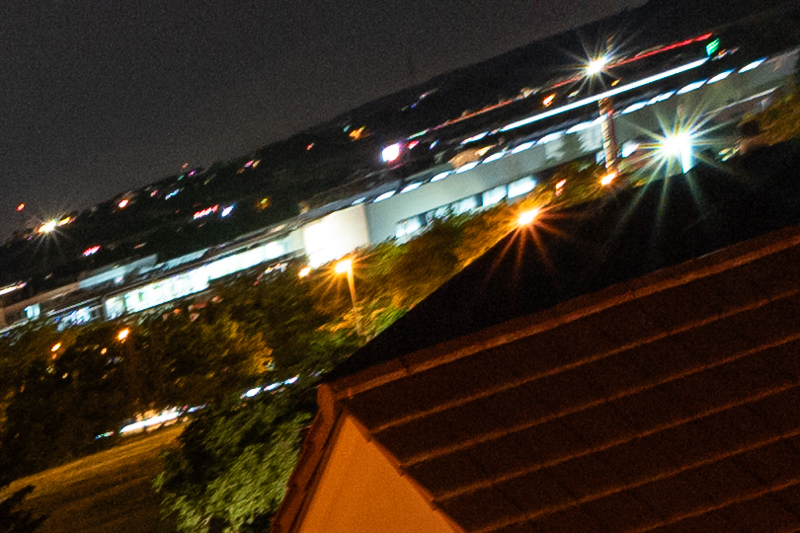
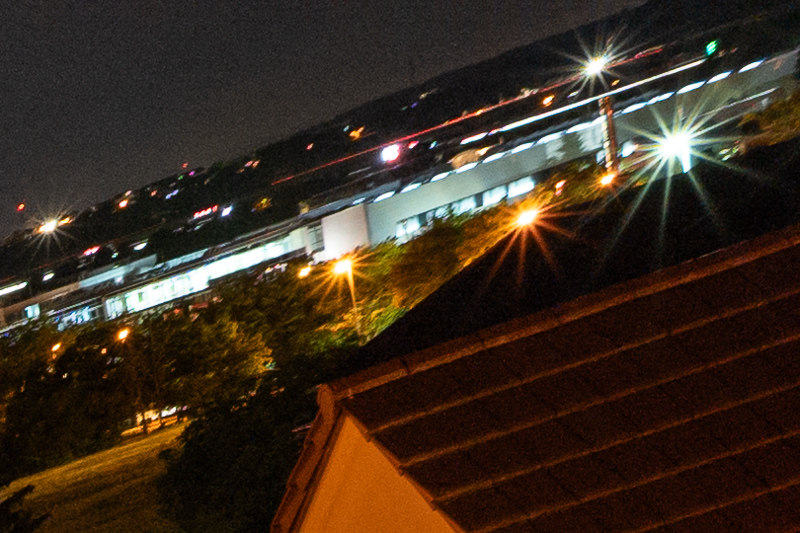
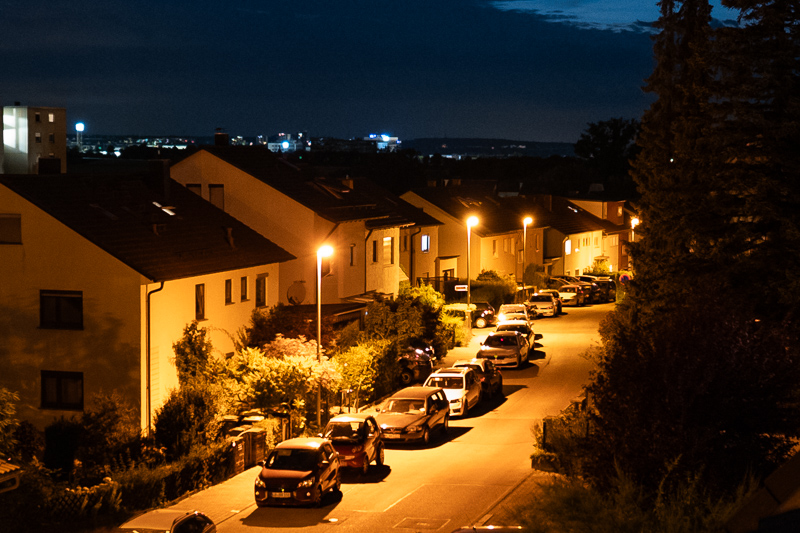
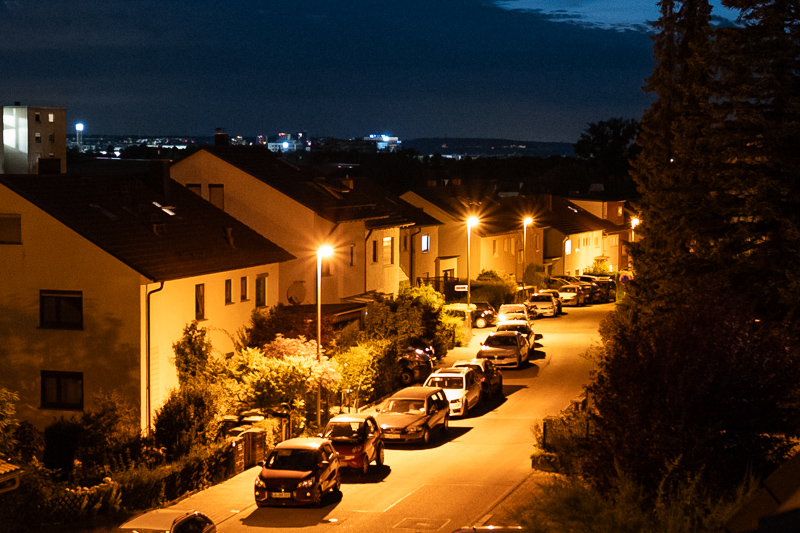
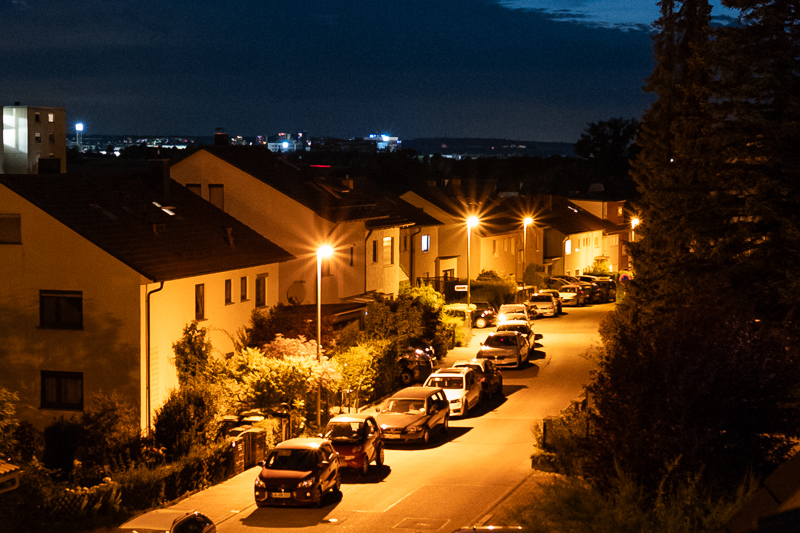
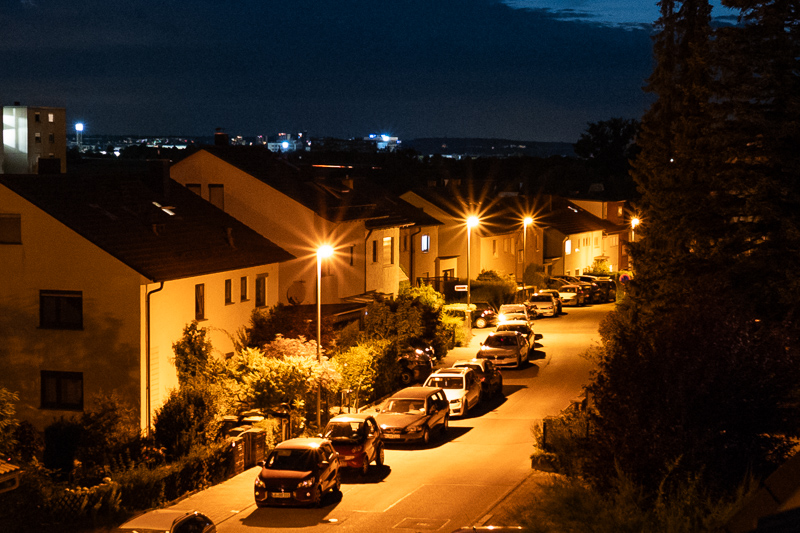
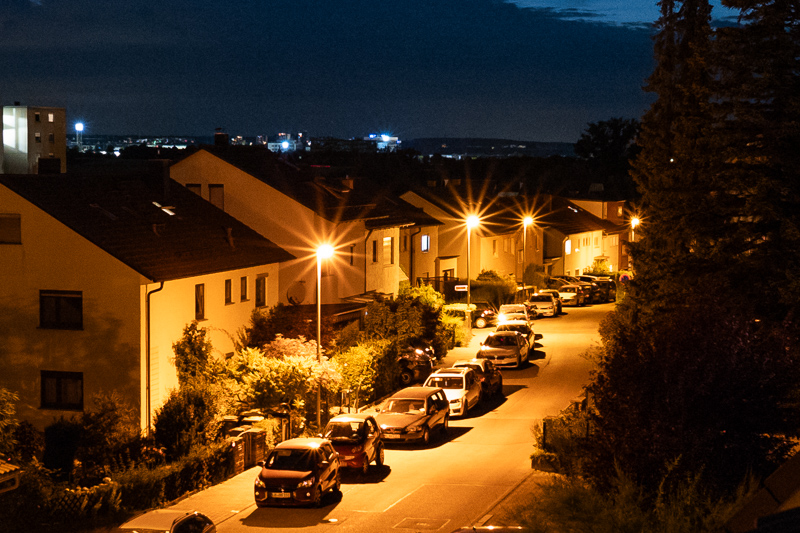

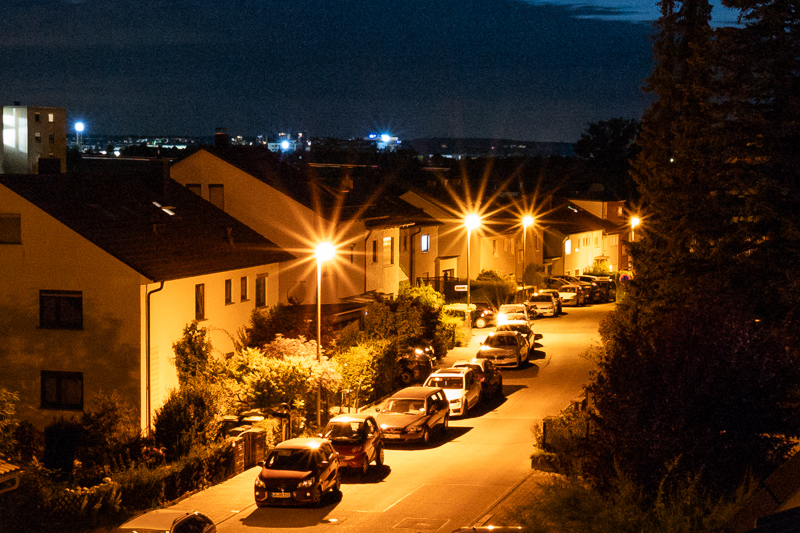
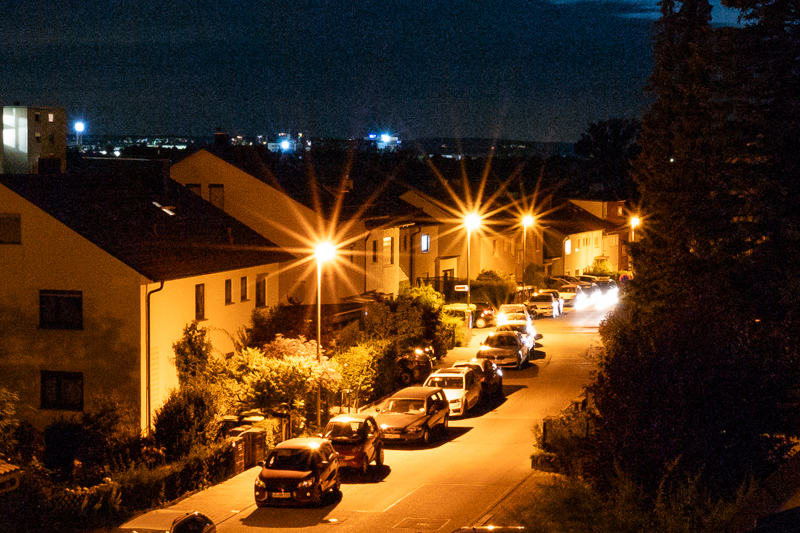
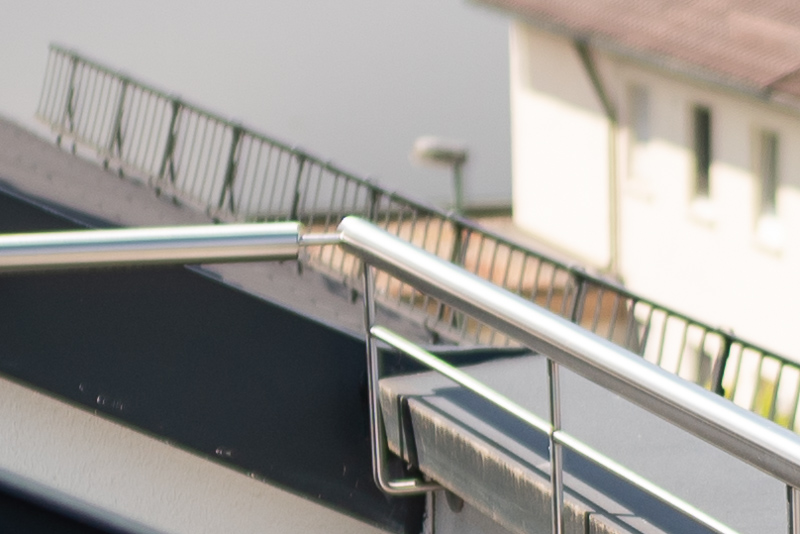
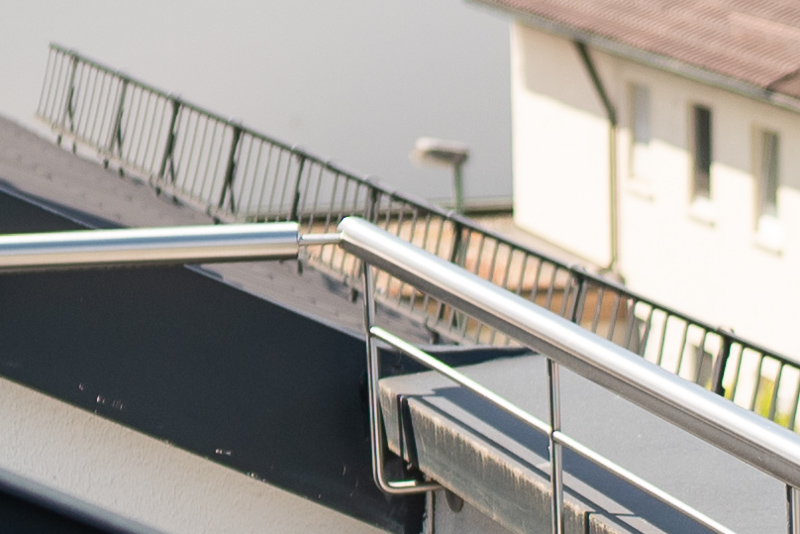
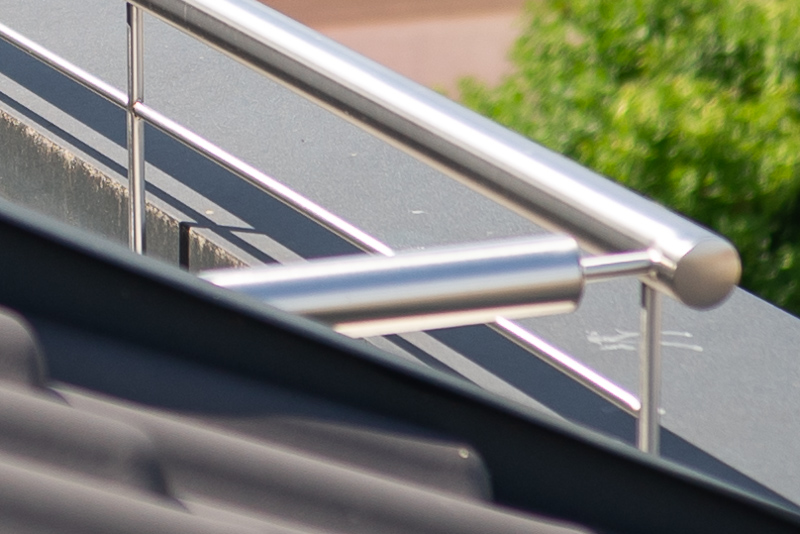
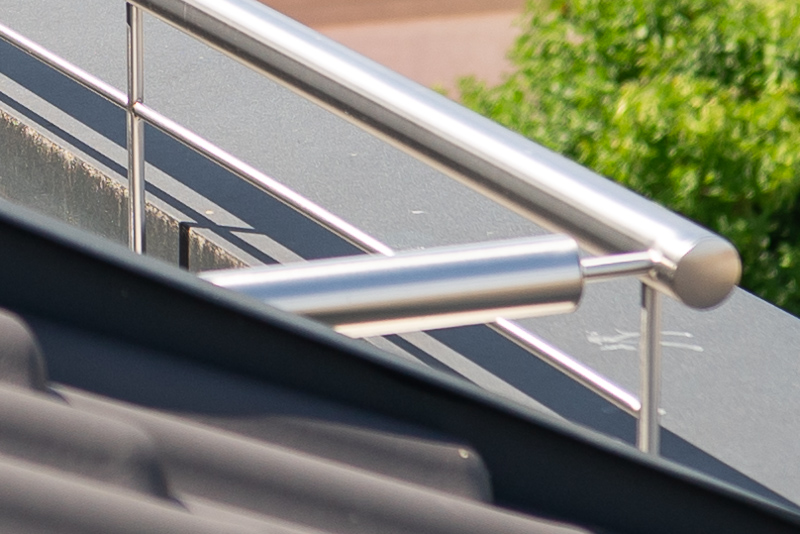
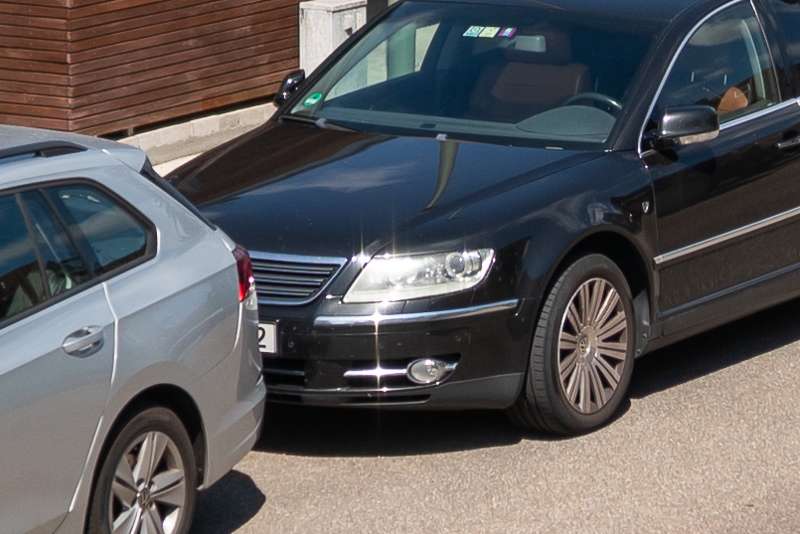

Thanks, Bastian! I’ve been looking forward to your review of this lens. Definitely looks like a worthy and equal match to the rest of the Simera lineup which is a relief.
After reading this I’m still undecided as to whether I actually need a 21/1.4 lens, and if I do, whether this or the Voigtlander would be the one to get. In a way it’s a shame both companies came up with such similar designs… I wish one of them had made a 24/1.4 or 25/1.4 that was not so gargantuan in size!
Question for Bastian, if I may: on the M10 did you use this lens with an auxiliary viewfinder, and if so, which one?
I use the M10 as point and shoot with liveview 99% of the time.
I do have an older Leica 21mm viewfinder for my M6, the build quality is pretty bad and I don’t trust its plastic hot shoe connector either. Regret having bought it.
Would give the Zeiss ZM 21mm finder a chance if I really needed one.
I think its very interesting it appears this lens was designed for thicker sensor stacks whereas the other lenses in the line were designed for thinner ones. Have you ever seen this with any other series of lenses within the same line? Shame as the typoch seems to be the better lens for astro on the mount if only it was optimized for the M sensors
Cosina’s Voigtländer lenses are also all over the place.
Some of the ultra wide ones seem to be designed for an “average” filter stack as well.
Interesting I never even noticed. Thanks for the review as always I will be holding onto the Voigtlander I got right before this game out. Somehow find a way to keep not buying the typoch lenses haha
Yeah, if I didn’t have the Voigtländer 75mm 1.5 I would surely buy their 75mm 1.4.